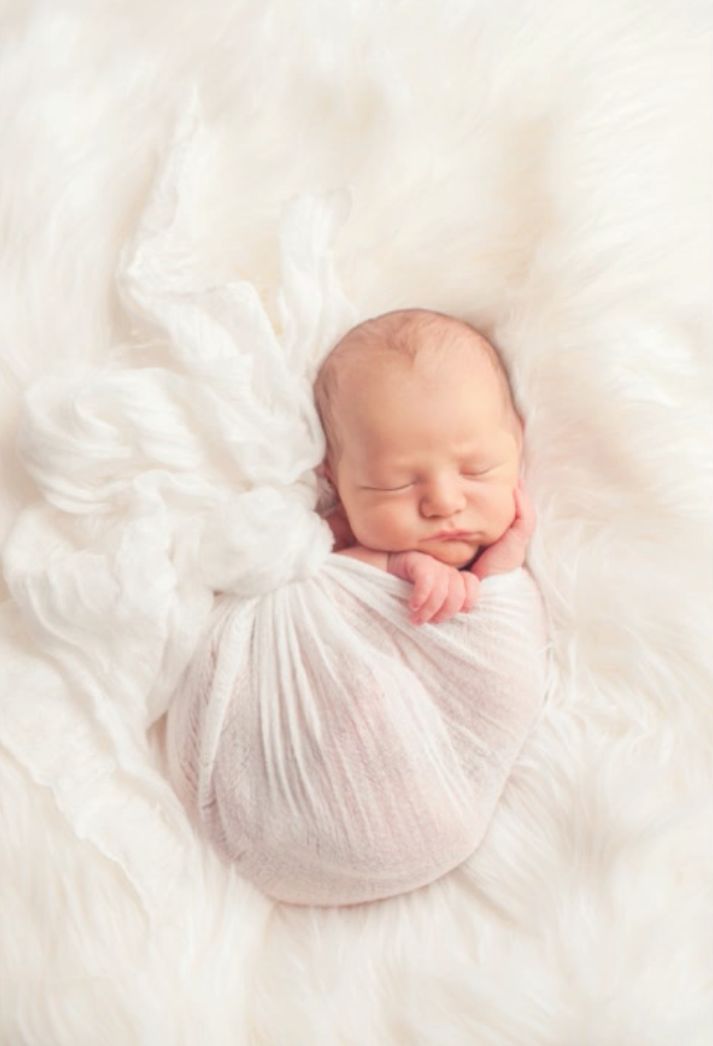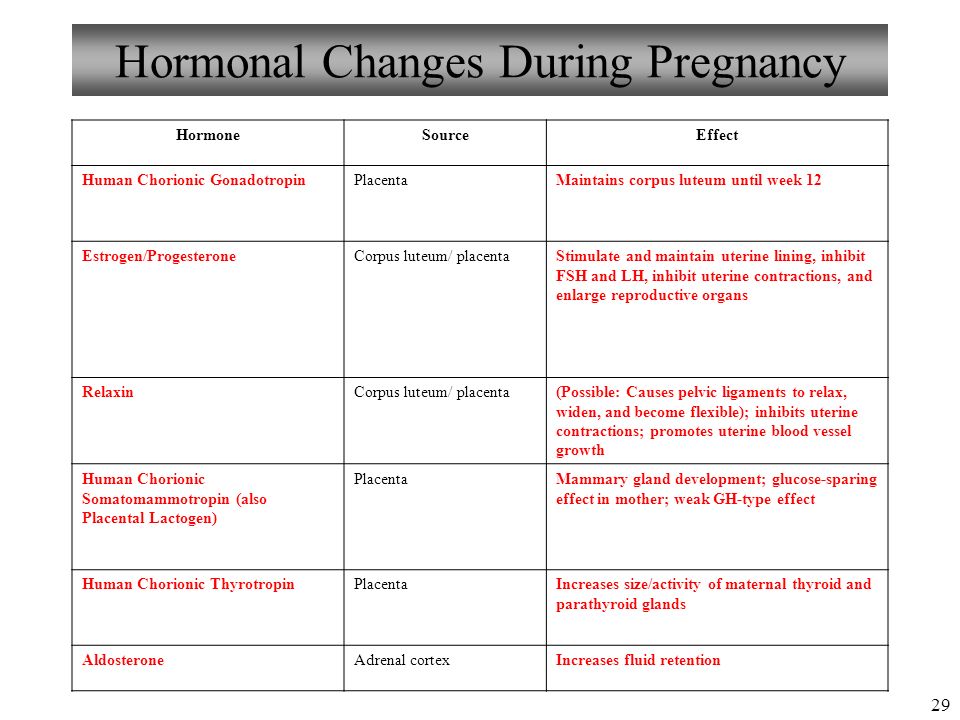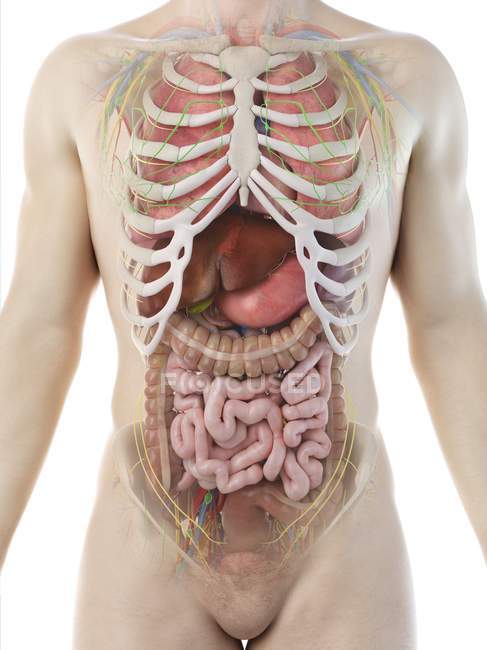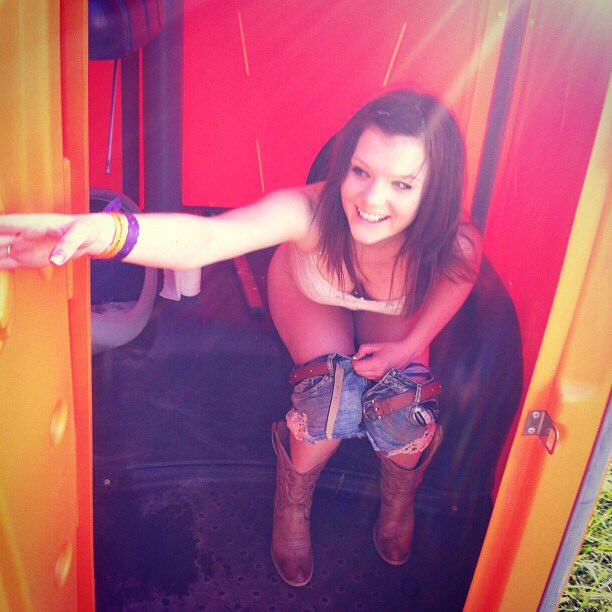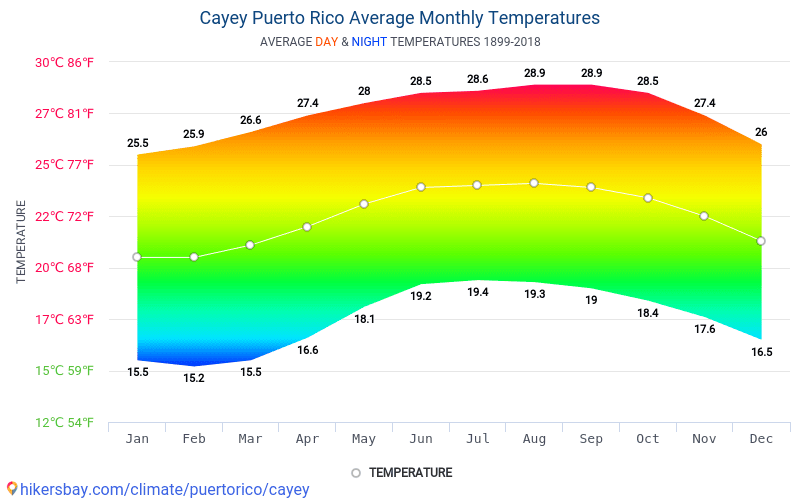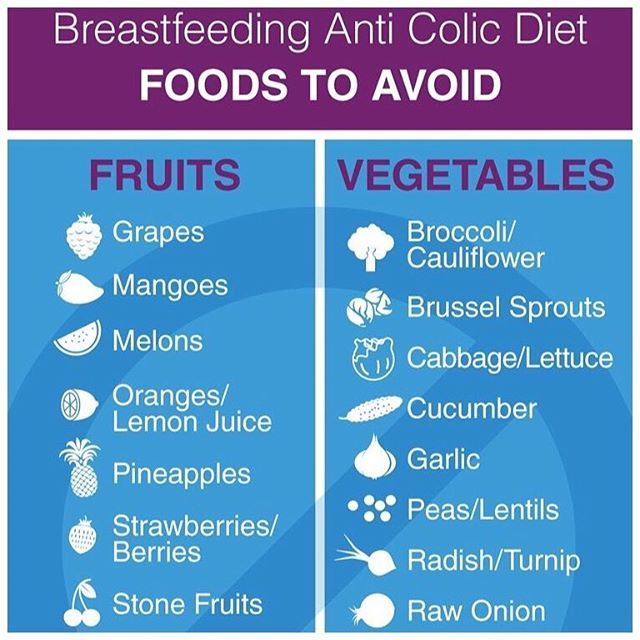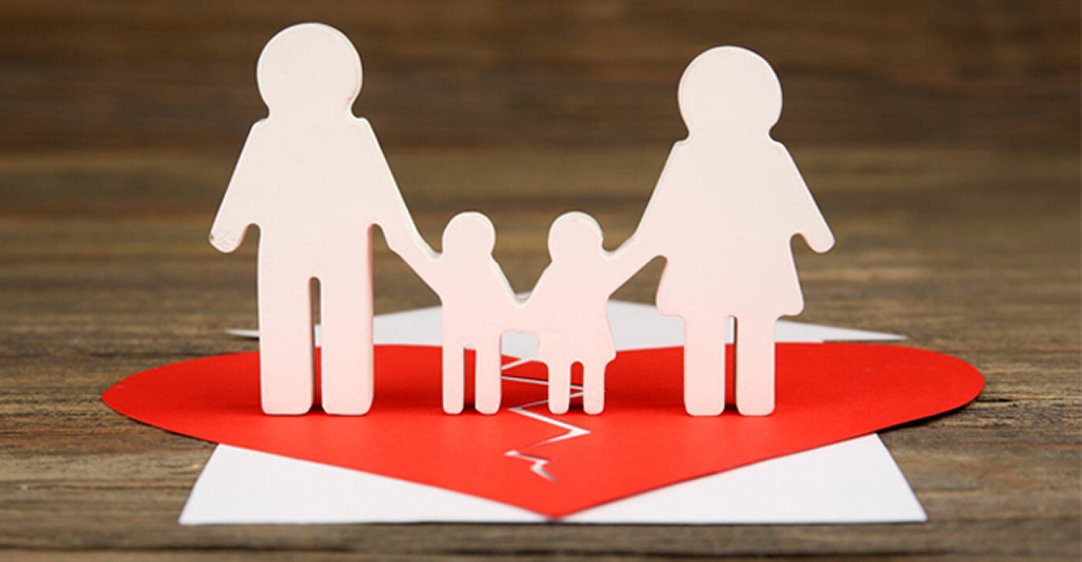Things newborn babies do
20 things you need to know about your newborn
1. He looks a bit funny
Far from the pictures of chubby babies you’re used to seeing on every magazine cover, website and pamphlet you’ve read throughout your pregnancy, your newborn’s looks may come as a surprise.
He’ll be quite red and wrinkly and may even sport a fine covering of hair over his body called “lanugo” (this will go away over time). And if you had a vaginal birth, his face may look a little squashed. He’ll smooth out soon enough though.
2. The first poo will surprise you
For the first few days your baby’s stools consist of meconium, a sticky greenish black substance that lined your baby’s intestines during pregnancy. To clean it up, wipe your baby’s bottom with a ball of cotton wool dipped in water and coat your baby’s bottom in petroleum jelly so that it’s easier to remove the next time.
3. He will be hungry
Don’t be talked into giving your baby cereal in his bottle by well-meaning family “to help him feel full” – your baby is going to need a feed every two to three hours and starting him on solids early is very dangerous.
“After birth your baby will need sustenance to grow and develop and since his tummy is still very small, he will take in enough nutrition to see him through just a few hours before needing another feed,” says baby expert and coauthor of Sleep Sense Meg Faure.
4. He won't sleep through the night
Yes, your new baby will sleep a lot. But he’ll also wake up a lot. “Newborns will wake at night as much as they do during the day for nutritional reasons. The newborn baby has been used to having nutrition ‘on tap’,” says Meg. Expect your baby to wake up as often as every two to three hours in these early days to feed.
5. He can't see very far
For the first few weeks of his life, your baby can only focus on objects 20 to 30cm in front of him. This actually encourages your bonding as it’s just about the exact distance between his face and yours while you feed him.
6. You don't have to bath him every day
Because your baby won’t be doing much in these early days (and because that baby skin is so delicate) you won’t need to do a full bath every day.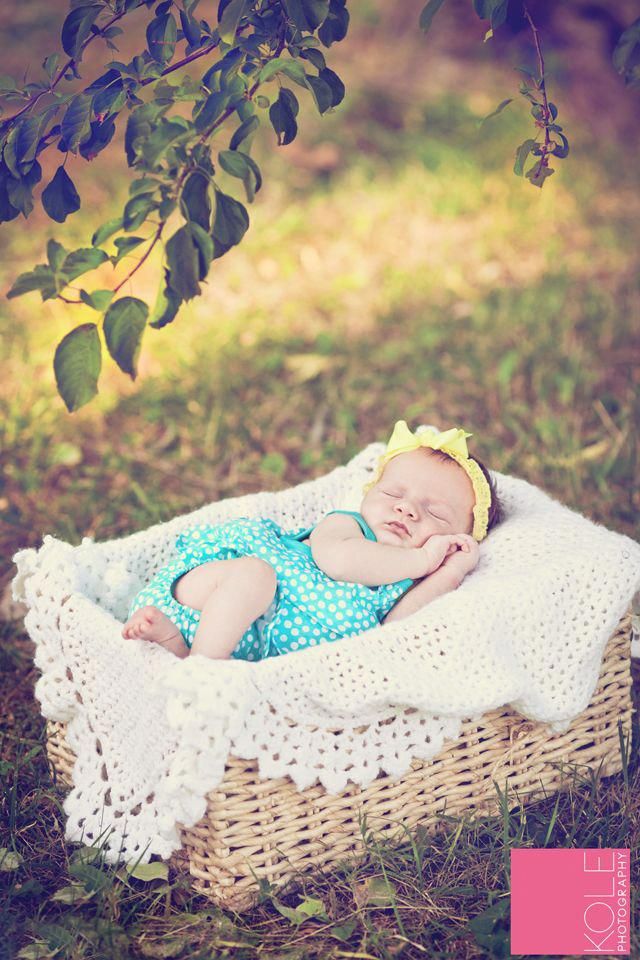 A quick wipe down of the important bits is all you need to keep him clean. This is called top and tailing – where you use a piece of damp cotton wool (dipped in cooled, boiled water) to wipe your baby’s face, bum area, arms and folds of skin. Use a different piece of cotton wool for each part of the body.
A quick wipe down of the important bits is all you need to keep him clean. This is called top and tailing – where you use a piece of damp cotton wool (dipped in cooled, boiled water) to wipe your baby’s face, bum area, arms and folds of skin. Use a different piece of cotton wool for each part of the body.
7. Always go fragrance-free
If you decide to bath your baby be sure to use baby products that are free of any fragrances. That newborn skin isn’t used to being out in the world yet, and the last thing you want to do is irritate it.
8. He is noisy!
For such a tiny thing, your baby can make quite a racket. Besides the crying, he’ll be grunting, groaning, snorting, and more. Newborns’ nasal passages are still quite narrow, and trapped mucus leads to some pretty strange sound effects at times. Clear his nose out with a good saline spray. Newborn babies also sneeze a lot.
9. You may not fall in love with him right away
After nine long months of pregnancy, you may expect the moment you first meet your baby to fill you up with instant and overwhelming love. But for some moms, it doesn’t happen this way, and that’s completely normal.
But for some moms, it doesn’t happen this way, and that’s completely normal.
Bonding can take a while – remember that much like pregnancy and childbirth, it is different for everyone. There’s no right way for bonding to happen, so give it time. If you still feel this way after a few weeks, or you have very negative feelings towards your baby, be sure to talk to your doctor to rule out postnatal depression.
10. His skin may peel
After floating around in a pool of “water” for quite some time, your baby’s exposure to dry air can play havoc with his sensitive skin. Around his second or third day, you may notice his skin become flaky as it adjusts to life outside the womb. This will rectify in a short time.
11. He won't make a poo every day
It’s common for newborns to pass stool as often as seven times a day, or as infrequently as once in seven days. And he’ll grunt and groan as he’s making that poo. This is normal, and doesn’t mean your baby has diarrhoea or is constipated. As long as your baby is feeding well and wetting his nappy often, there’s nothing to worry about.
As long as your baby is feeding well and wetting his nappy often, there’s nothing to worry about.
12. He will cry, a lot
Crying is your baby’s only way of communicating with you, so expect a lot of it. At first this will be a bit overwhelming, especially as he’ll cry when he’s hungry, hot or cold, tired, feeling lonely and more. After a while you’ll figure out how to respond to each kind of cry. For now though, it’s trial and error.
13. He could have boobs
While slightly disconcerting, swollen genitals and even the appearance of breasts is normal. Those hormones that plagued you throughout pregnancy also have an effect on your baby, and these will disappear after a few weeks. You may also notice a pink discharge in your little girl’s nappy for the same reason.
14. You simply cannot spoil him
Your newborn needs to feel loved and secure, and his crying is not a way to be naughty. Hold him often, cuddle and talk to him, feed him on demand and respond to his every cry. You are not spoiling him, but laying down foundations for a strong bond.
You are not spoiling him, but laying down foundations for a strong bond.
15. Leave that stump from that umbilical cord alone!
It’s one of the nastier parts of newborn parenting, and you probably can’t wait for that unsightly umbilical cord stump to go away. But pulling on it in an attempt to hurry the process along is only going to prolong it, and can even end up in infection. The best way to encourage that stump to fall off is to keep it dry.
16. His eye colour will change
All babies are born with dark blue eyes, and change to their true colour with time. What colour his eyes will settle on really depends on the amount of melanin in the iris. You’ll notice the most dramatic change in eye colour between six and nine months, so get your fill of those baby blues while you can!
17. He must spend time on his tummy
Tummy time is a must, even for tiny babies. “Newborns should spend time on their tummies to strengthen their back muscles. The first gross motor task a baby has is to uncurl and develop his back muscles and the best way to do this is by ensuring he has some tummy time when awake.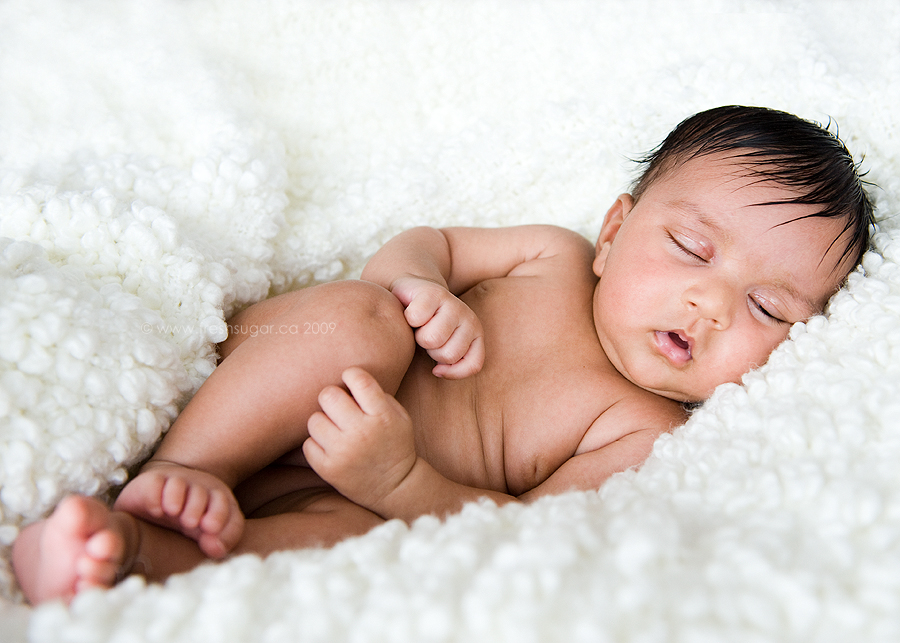 Newborns should not, however, sleep on their tummies,” advises Meg.
Newborns should not, however, sleep on their tummies,” advises Meg.
18. He can identify you by smell
Your baby’s sense of smell developed in the womb, and as a result it’s one of the strongest senses present at birth. In fact, your baby’s sense of smell will help him identify you, as he can recognise your scent by the time he’s a week old. This is another way that nature ensures a special bond between you.
19. He is different to a “baby baby”
Newborns don’t do much, really. For the first six weeks you’ll be kept so busy by your little bundle, but all he’ll really be doing is sleeping, crying, drinking milk, pooping, and sleeping, crying, drinking and pooping some more. It may feel a little like a thankless job, but once baby passes the six-week mark and “wakes up” a little you can expect coos, gurgles and more activity.
20. It goes quickly
While it is the most difficult thing you’ve ever done in your life, this crash course in parenting is a wonderful time. Soon you’ll be getting more sleep and feel more yourself. But you won’t have these first few days with your baby ever again, so try to enjoy it – somehow.
Soon you’ll be getting more sleep and feel more yourself. But you won’t have these first few days with your baby ever again, so try to enjoy it – somehow.
Read More:
- What are the "wonder weeks"?
- Your baby: Week 1
- 8 weird things new parents worry about
Want to share your personal experiences of life with a newborn? Send your comments and stories to [email protected] and we may publish your story.
We live in a world where facts and fiction get blurred
In times of uncertainty you need journalism you can trust. For 14 free days, you can have access to a world of in-depth analyses, investigative journalism, top opinions and a range of features. Journalism strengthens democracy. Invest in the future today. Thereafter you will be billed R75 per month. You can cancel anytime and if you cancel within 14 days you won't be billed.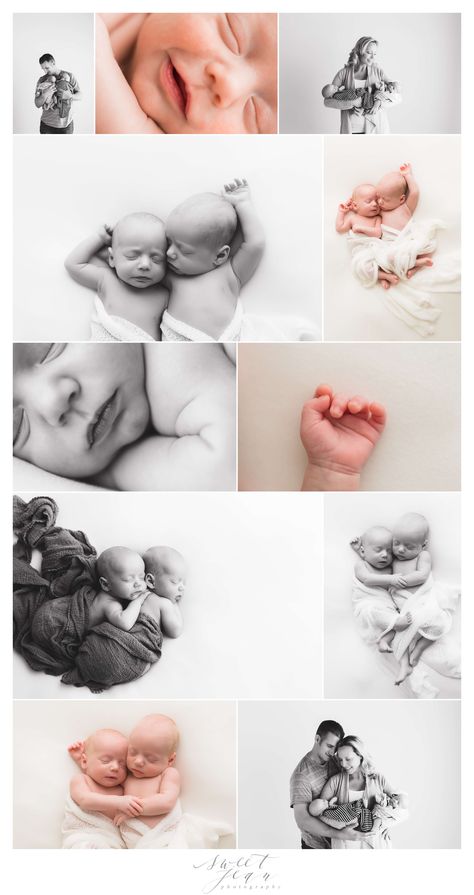
Subscribe to News24
Looking at Your Newborn: What's Normal (for Parents)
When their little one comes into the world, new parents might be surprised by their baby's appearance. Instead of the picture-perfect cherub, babies often look bluish, are covered with blood and cream-cheesy glop, and look like they've just been in a fist-fight.
The features that may make a normal newborn look strange are temporary. After all, babies develop while immersed in fluid, folded up in an increasingly cramped space inside the uterus. Then in most deliveries, they're pushed through a narrow, bone-walled birth canal.
When you'll get to first see and touch your newborn may depend on the type of delivery, your condition, and the condition of your baby. Following an uncomplicated vaginal delivery, you should be able to hold your baby within minutes.
What Should We Expect?
In most cases, infants seem to be in a state of quiet alertness during the first hour or so after delivery.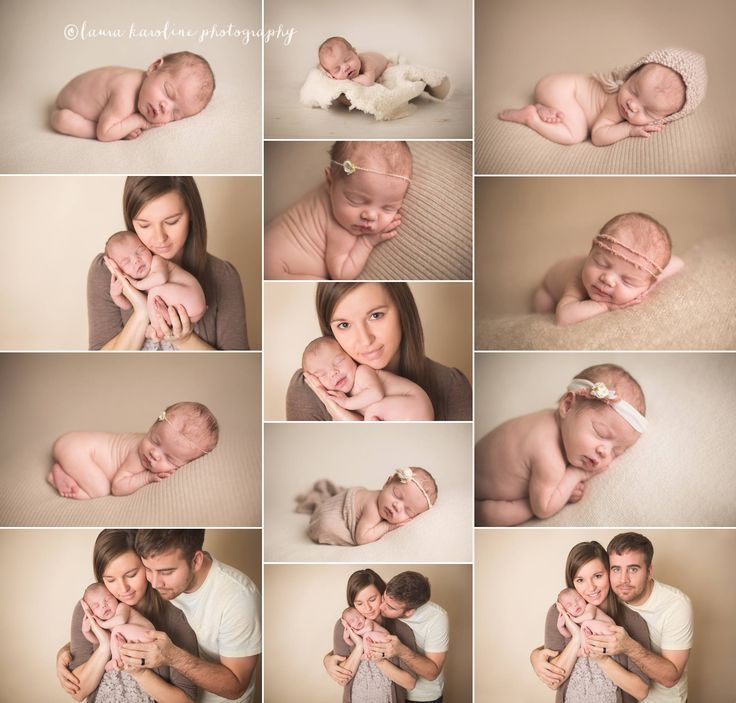 It's a great time for you and your newborn to get acquainted and begin the bonding process. And it's OK if circumstances prevent you from meeting your infant right away — you'll have plenty of quality time together soon.
It's a great time for you and your newborn to get acquainted and begin the bonding process. And it's OK if circumstances prevent you from meeting your infant right away — you'll have plenty of quality time together soon.
Posture
During the first several weeks, you'll notice that much of the time your baby will tend to keep his or her fists clenched, elbows bent, hips and knees flexed, and arms and legs held close to the front of his or her body. This position is similar to the fetal position during the last months of pregnancy. Infants who are born prematurely may display several differences in their posture, appearance, activity, and behavior compared with full-term newborns.
Primitive Reflexes
Infants are born with a number of instinctual responses to stimuli, such as light or touch, known as primitive reflexes, which gradually disappear as the baby matures. These reflexes include the:
- sucking reflex, which triggers an infant to forcibly suck on any object put in the mouth
- grasp reflex, which causes a newborn to tightly close the fingers when pressure is applied to the inside of the infant's hand by a finger or other object
- Moro reflex, or startle response, which causes an infant to suddenly throw the arms out to the sides and then quickly bring them back toward the middle of the body whenever the baby has been startled by a loud noise, bright light, strong smell, sudden movement, or other stimulus
Also, due to the immaturity of their developing nervous systems, newborns' arms, legs, and chins may tremble or shake, particularly when they're crying or agitated.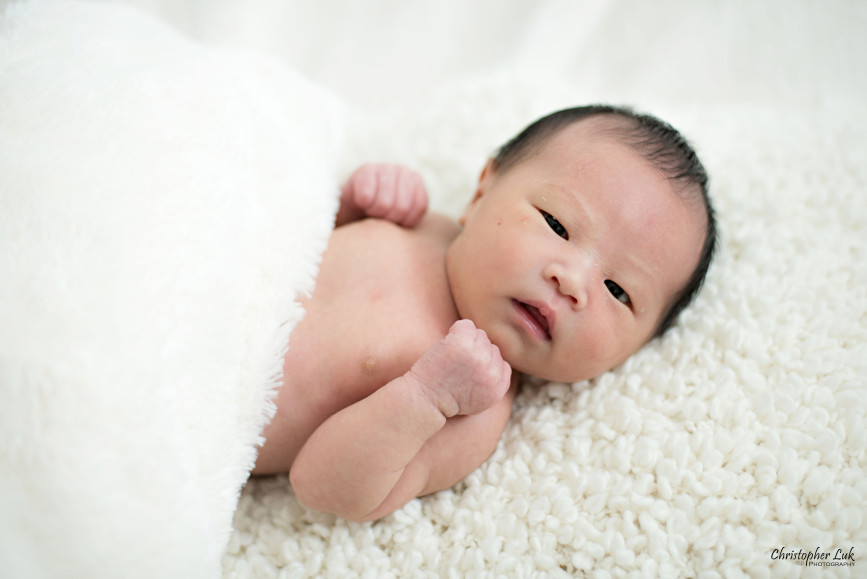
Sleeping and Breathing
In the first weeks, infants usually spend most of their time sleeping. Newborns whose mothers received certain types of pain medications or anesthesia during labor or delivery can be especially sleepy during the first day or two of life.
Many new parents become concerned about their newborn's breathing pattern, particularly with the increased attention to sudden infant death syndrome (SIDS) in recent years. But rest assured that it's normal for newborns to breathe somewhat irregularly.
When infants are awake, their breathing rate may vary widely, sometimes exceeding 60 breaths per minute, particularly when they're excited or following a bout of crying. Also common are periods during which they stop breathing for about 5 to 10 seconds and then start up again on their own. Known as periodic breathing, it's more likely during sleep and is normal. However, if your baby turns blue or stops breathing for longer stretches of time, it's considered an emergency and you should contact your child's doctor immediately or go to the emergency room.
Although talking won't come until much later, your newborn will produce a symphony of noises — especially high-pitched squeaks — in addition to the obligatory crying. Sneezing and hiccups are common and are not signs of infection, allergies, or digestive problems.
p
Head
Because an infant's head is usually the first part through the birth canal, it can be affected by the delivery process. A newborn's skull is made of several separate bones (which will eventually fuse together) to allow the large head to be squeezed through the narrow birth canal without injury to mother or baby.
The heads of infants born by vaginal delivery often show some degree of molding, which is when the skull bones shift and overlap, making the top of the head look elongated, stretched out, or even pointed at birth. This sometimes bizarre appearance will go away over the next several days as the skull bones move into a more rounded configuration. The heads of babies born by cesarean section or breech (buttocks or feet first) delivery usually don't show molding.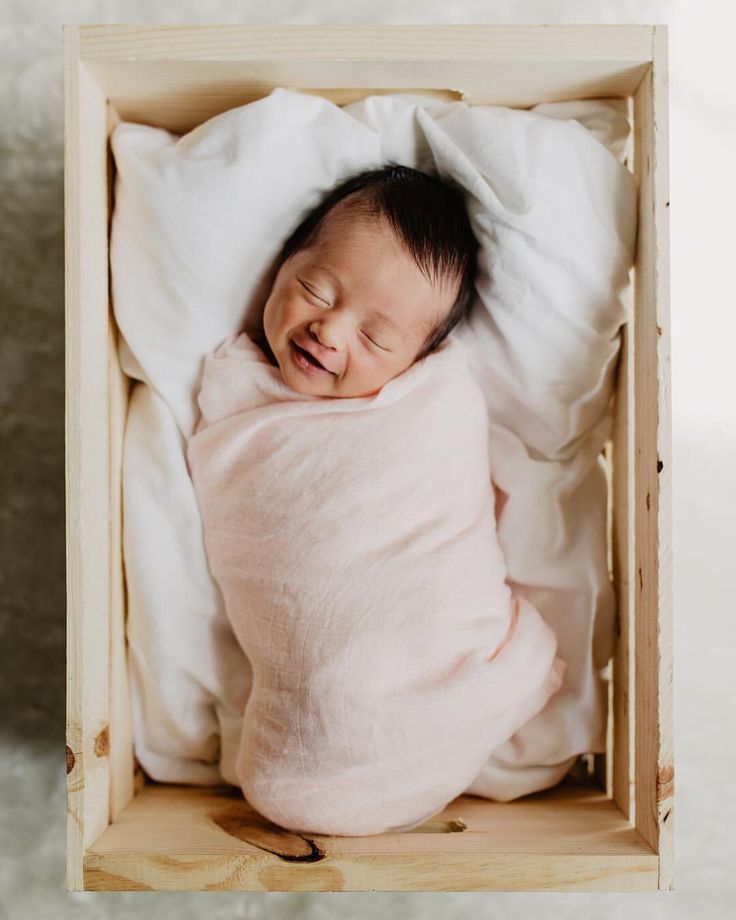
Because of the separation of your newborn's skull bones, you'll be able to feel (go ahead, you won't harm anything) two fontanels, or soft spots, on the top of the head. The larger one, located toward the front of the head, is diamond-shaped and usually about 1 to 3 inches wide. A smaller, triangle-shaped fontanel is found farther back on the head, where a beanie might be worn.
Don't be alarmed if you see the fontanels bulge out when your infant cries or strains, or if they seem to move up and down in time with the baby's heartbeat. This is perfectly normal. The fontanels will eventually disappear as the skull bones close together — usually in about 12 to 18 months for the front fontanel and in about 6 months for the one in back.
In addition to looking elongated, a newborn's head may have a lump or two as a result of the trauma of delivery. Caput succedaneum is a circular swelling and bruising of the scalp usually seen on top of the head toward the back, which is the part of the scalp most often leading the way through the birth canal.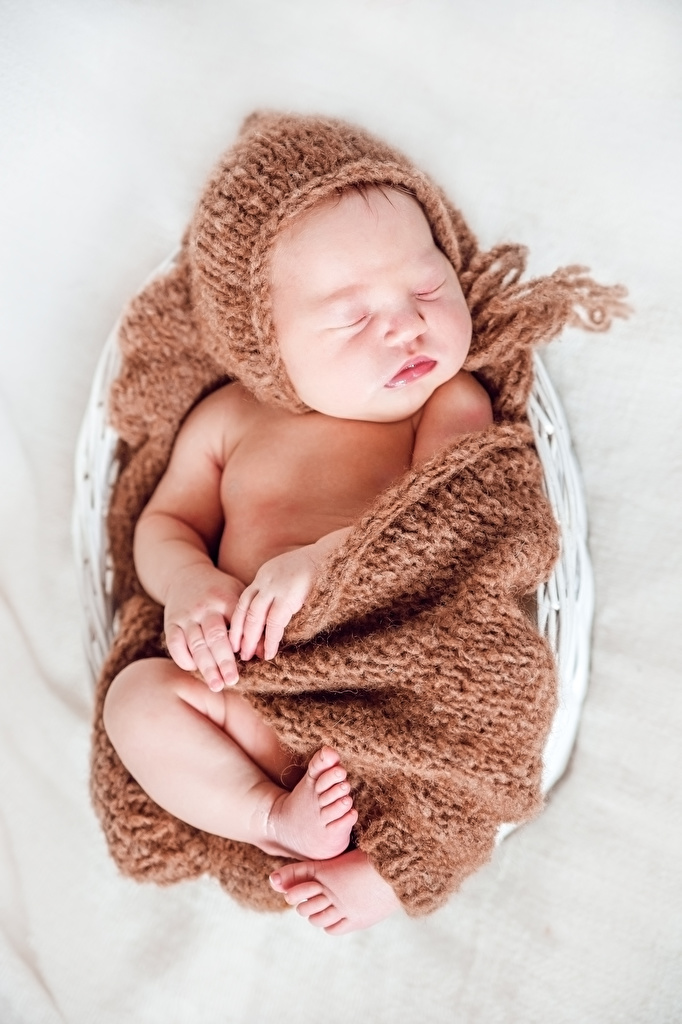 This will fade over a few days.
This will fade over a few days.
A cephalohematoma is a collection of blood that has seeped under the outer covering membrane of one of the skull bones. This is usually caused during birth by the pressure of the head against the mother's pelvic bones. The lump is confined to one side of the top of the baby's head and, in contrast to caput succedaneum, may take a week or two to disappear. The breakdown of the blood collected in a cephalohematoma may cause these infants to become somewhat more jaundiced than others during the first week of life.
It's important to remember that both caput succedaneum and cephalohematoma occur due to trauma outside of the skull — neither indicates that there has been any injury to the infant's brain.
Face
A newborn's face may look quite puffy due to fluid accumulation and the rough trip through the birth canal. The infant's facial appearance often changes significantly during the first few days as the baby gets rid of the extra fluid and the trauma of delivery eases.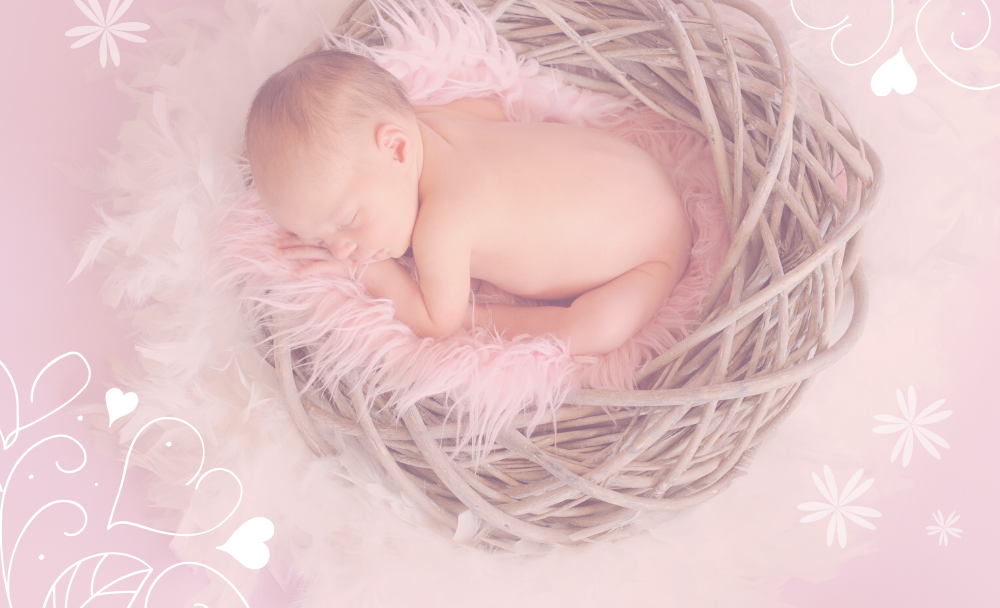 That's why the photos you take of your baby later on at home usually look a lot different than those "new arrival" nursery shots.
That's why the photos you take of your baby later on at home usually look a lot different than those "new arrival" nursery shots.
In some cases, a newborn's facial features can be quite distorted as a result of positioning in the uterus and the squeeze through the birth canal. Not to worry — that folded ear, flattened nose, or crooked jaw usually comes back into place over time.
p
Eyes
A few minutes after birth, most infants open their eyes and start to look around at their environment. Newborns can see, but they probably don't focus well at first, which is why their eyes may seem out of line or crossed at times during the first 2 to 3 months. Because of the puffiness of their eyelids, some infants may not be able to open their eyes wide right away.
When holding your newborn, you can encourage eye opening by taking advantage of your baby's "doll's eye" reflex, which is a tendency to open the eyes more when held in an upright position.
Parents are sometimes startled to see that the white part of one or both of their newborn's eyes appears blood-red. Called subconjunctival hemorrhage, this occurs when blood leaks under the covering of the eyeball due to the trauma of delivery. It's a harmless condition similar to a skin bruise that goes away after several days, and it generally doesn't indicate that there has been any damage to the infant's eyes.
Called subconjunctival hemorrhage, this occurs when blood leaks under the covering of the eyeball due to the trauma of delivery. It's a harmless condition similar to a skin bruise that goes away after several days, and it generally doesn't indicate that there has been any damage to the infant's eyes.
Parents are often curious to know what color eyes their infant will have. If a baby's eyes are brown at birth, they will remain so. This is the case for most black and Asian infants. Most white infants are born with bluish-gray eyes, but the pigmentation of the iris (the colored part of the eye) may progressively darken, usually not reaching its permanent color until about 3 to 6 months of age.
Ears
A newborn's ears, as well as other features, may be distorted by the position they were in while inside the uterus. Because the baby hasn't yet developed the thick cartilage that gives firm shape to an older child's ears, it isn't unusual for newborns to come out with temporarily folded or otherwise misshapen ears.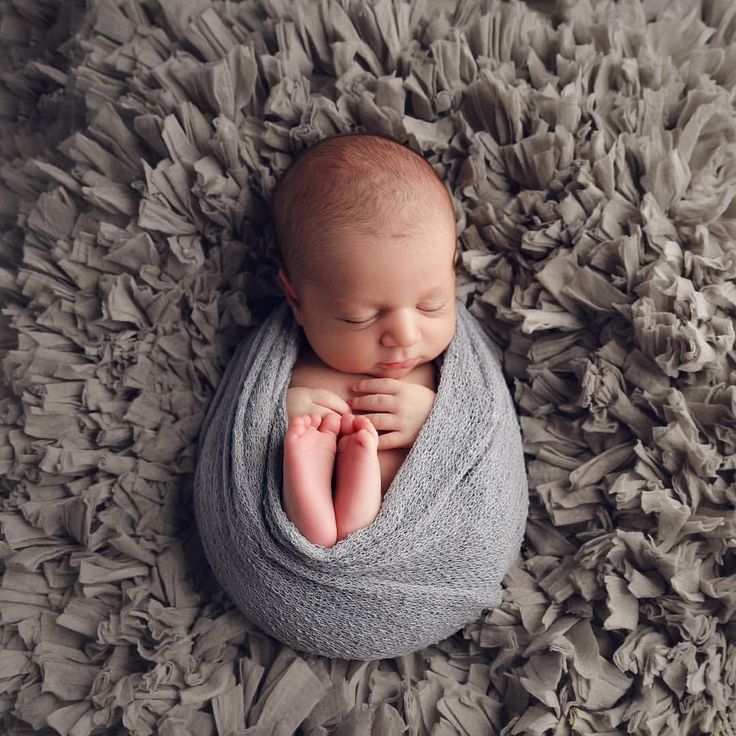 Small tags of skin or pits (shallow holes) in the skin on the side of the face just in front of the ear are also common. Usually, these skin tags can be easily removed (talk to your doctor).
Small tags of skin or pits (shallow holes) in the skin on the side of the face just in front of the ear are also common. Usually, these skin tags can be easily removed (talk to your doctor).
Nose
Because newborns tend to breathe through their noses and their nasal passages are narrow, small amounts of nasal fluid or mucus can cause them to breathe noisily or sound congested even when they don't have a cold or other problem. Talk with your doctor about the use of saltwater nose drops and a bulb syringe to help clear the nasal passages if necessary.
Sneezing is also common in newborns. This is a normal reflex and isn't due to an infection, allergies, or other problems.
Mouth
When your newborn opens his or her mouth to yawn or cry, you may notice some small white spots on the roof of the mouth, usually near the center. These small collections of cells are called Epstein's pearls and, along with fluid-filled cysts sometimes present on the gums, will disappear during the first few weeks.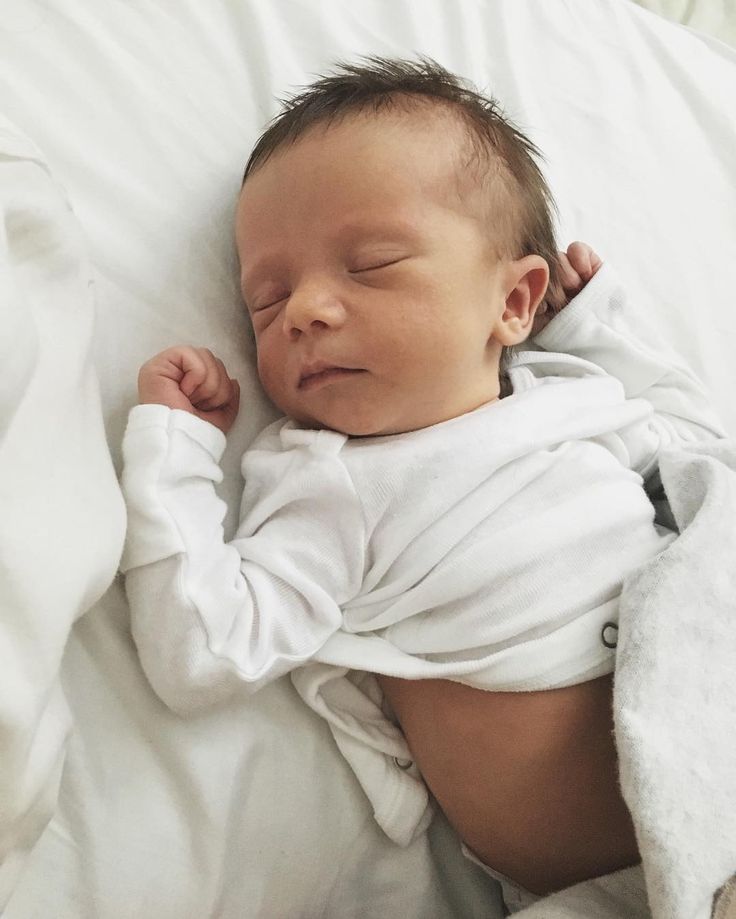
p
Neck
Yes ... it's there. Normally the neck looks short in newborns because it tends to get lost in the chubby cheeks and folds of skin.
Chest
Because an infant's chest wall is thin, you may easily feel or observe your baby's upper chest move with each heartbeat. This is normal and isn't a cause for concern.
Also, both male and female newborns can have breast enlargement. This is due to the female hormone estrogen passed to the fetus from the mother during pregnancy. You may feel firm, disc-shaped lumps of tissue beneath the nipples and, occasionally, a small amount of milky fluid (called "witch's milk" in folklore) may be released from the nipples. The breast enlargement almost always disappears during the first few weeks. Despite what some parents believe, you shouldn't squeeze the breast tissue — it will not make the breasts shrink any faster than they will on their own.
Arms and Legs
Following birth, full-term newborns tend to assume a posture similar to what their position in the cramped uterus had been: arms and legs flexed and held close to their bodies.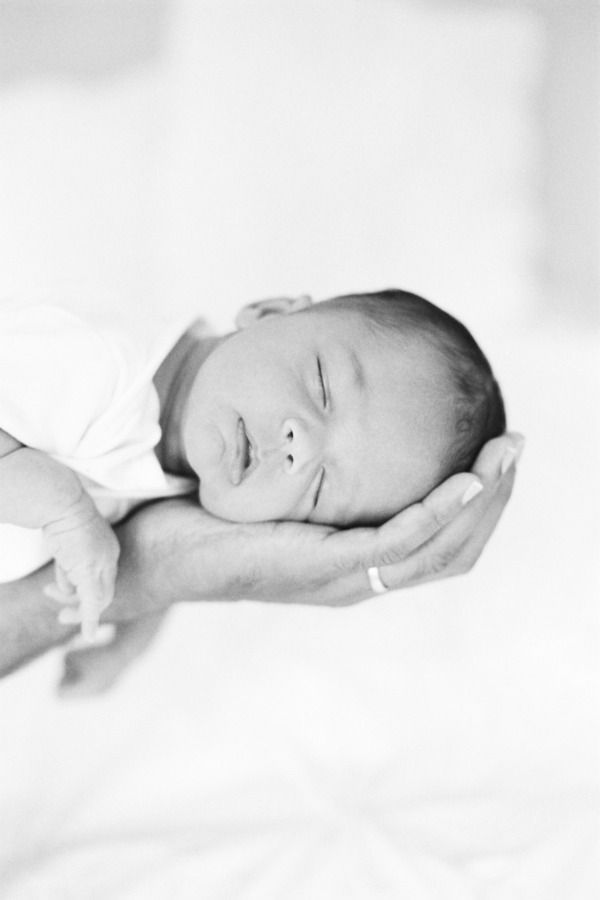 The hands are usually tightly closed, and it may be difficult for you to open them up because touching or placing an object in the palms triggers a strong grasp reflex.
The hands are usually tightly closed, and it may be difficult for you to open them up because touching or placing an object in the palms triggers a strong grasp reflex.
Fingernails
Infants' fingernails can be long enough at birth to scratch their skin as they bring their hands to their faces. If this is the case, you can carefully trim your baby's nails with a pair of small scissors.
Sometimes parents are concerned about the curved appearance of their newborn's feet and legs. But if you recall the usual position of the fetus in the womb during the final months of pregnancy — hips flexed and knees bent with the legs and feet crossed tightly up against the abdomen — it's no surprise that a newborn's legs and feet tend to curve inward.
You can usually move your newborn's legs and feet into a "walking" position; and this will happen naturally as a baby begins to bear weight, walk, and grow through the first 2 to 3 years of life.
p
Abdomen
It's normal for a baby's abdomen (belly) to appear somewhat full and rounded. When your baby cries or strains, you may also note that the skin over the central area of the abdomen may protrude between the strips of muscle tissue making up the abdominal wall on either side. This almost always disappears during the next several months as a baby grows.
When your baby cries or strains, you may also note that the skin over the central area of the abdomen may protrude between the strips of muscle tissue making up the abdominal wall on either side. This almost always disappears during the next several months as a baby grows.
Many parents are concerned about the appearance and care of their infant's umbilical cord. The cord contains three blood vessels (two arteries and a vein) encased in a jelly-like substance. Following delivery, the cord is clamped or tied off before it's cut to separate the infant from the placenta. The umbilical stump is then simply allowed to wither and drop off, which usually happens in about 10 days to 3 weeks.
You may be instructed to swab the area with alcohol periodically or wash it with soap and water if the stump becomes dirty or sticky to help prevent infection until the cord falls off and the stump dries up. The baby's navel area shouldn't be submerged in water during bathing until this occurs.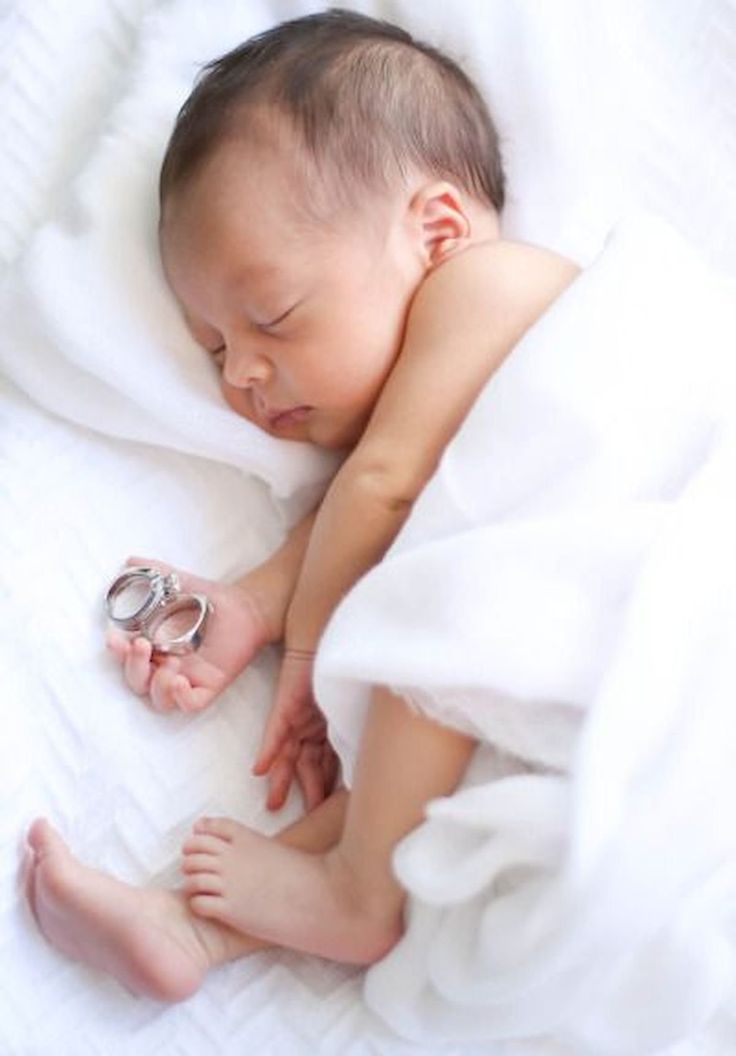 The withering cord will go through color changes, from yellow to brown or black — this is normal. You should consult your baby's doctor if the navel area becomes red or if a foul odor or discharge develops.
The withering cord will go through color changes, from yellow to brown or black — this is normal. You should consult your baby's doctor if the navel area becomes red or if a foul odor or discharge develops.
Umbilical (navel) hernias are common in newborns, particularly in infants of African heritage. A hole in the wall of the abdomen at the site of the umbilical cord/future navel allows the baby's intestine to protrude through when he or she cries or strains, causing the overlying skin to bulge outward. These hernias are generally harmless and aren't painful to the infant. Most close on their own during the first few years, but a simple surgical procedure can fix the hernia if it doesn't close by itself. Home remedies for umbilical hernias that have been tried through the years, such as strapping and taping coins over the area, should not be attempted. These techniques are ineffective and may result in skin infections or other injuries.
Genitalia
The genitalia (sexual organs) of both male and female infants may appear relatively large and swollen at birth. Why? It's due to several factors, including exposure to hormones produced by both the mother and the fetus, bruising and swelling of the genital tissues related to birth trauma, and the natural course of development of the genitalia.
In girls, the outer lips of the vagina (labia majora) may appear puffy at birth. The skin of the labia may be either smooth or somewhat wrinkled. Sometimes, a small piece of pink tissue may protrude between the labia — this is a hymenal tag and it's of no significance; it will eventually recede into the labia as the genitals grow.
Due to the effects of maternal hormones, most newborn girls will have a vaginal discharge of mucus and perhaps some blood that lasts for a few days. This "mini-period" is normal menstrual-type bleeding from the infant's uterus that occurs as the estrogen passed to the infant by the mother begins to disappear.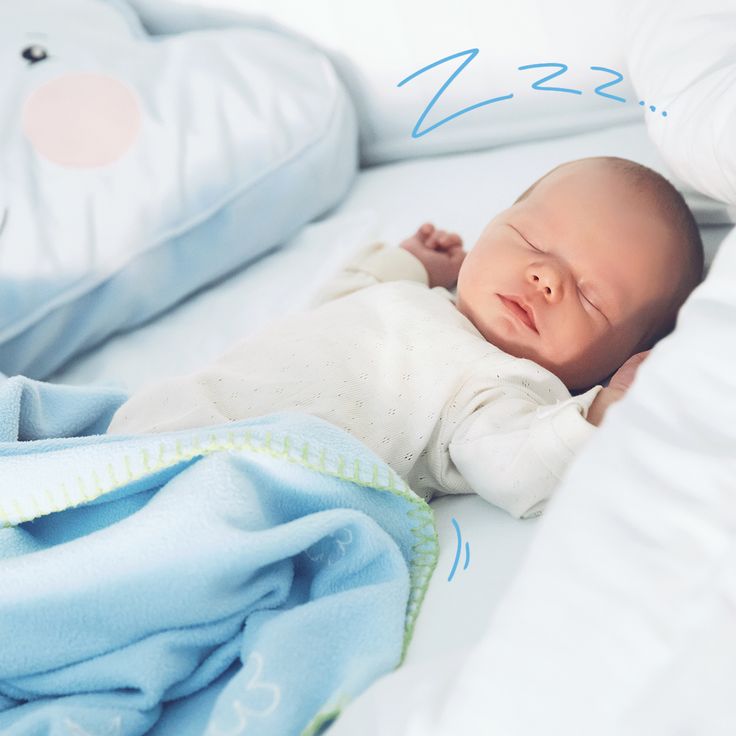 Although it's much more common in boys, swelling in the groin of an infant girl can indicate the presence of an inguinal (groin) hernia.
Although it's much more common in boys, swelling in the groin of an infant girl can indicate the presence of an inguinal (groin) hernia.
p
Hydrocele
In boys, the scrotum (the sack containing the testicles) often looks swollen. This is usually due to a hydrocele, a collection of fluid in the scrotum of infant boys that usually disappears during the first 3 to 6 months. You should call your doctor about swelling or bulging in your son's scrotum or groin that lasts beyond 3 to 6 months or that seems to come and go. This may indicate an inguinal hernia, which usually requires surgical treatment.
The testicles of newborn boys may be difficult to feel in the swollen scrotum. Muscles attached to the testicles pull them up into the groin briskly when the genital area is touched or exposed to a cool environment. Infant boys also normally experience frequent penile erections, often just before they urinate.
More than 95% of newborns pee within the first 24 hours. If your baby is delivered in a hospital, nursery personnel will want to know if this happens while your infant is with you. If a newborn doesn't urinate for what seems like a while at first, it may be that he or she urinated immediately after birth while still in the delivery room. With all the activity going on, that first urination may not have been noticed.
If your baby is delivered in a hospital, nursery personnel will want to know if this happens while your infant is with you. If a newborn doesn't urinate for what seems like a while at first, it may be that he or she urinated immediately after birth while still in the delivery room. With all the activity going on, that first urination may not have been noticed.
Circumcision Care
If your infant son was circumcised, it usually takes between 7 to 10 days for the penis to heal. Until it does, the tip may seem raw or yellowish in color. Although this is normal, certain other symptoms are not. Call your child's doctor right away if you notice persistent bleeding, redness around the tip of the penis that gets worse after 3 days, fever, signs of infection (such as the presence of pus-filled blisters), and not urinating normally within 6 to 8 hours after the circumcision.
With both circumcised and uncircumcised penises, no cotton swabs, astringents, or any special bath products are needed — simple soap and warm water every time you bathe your baby will do the trick.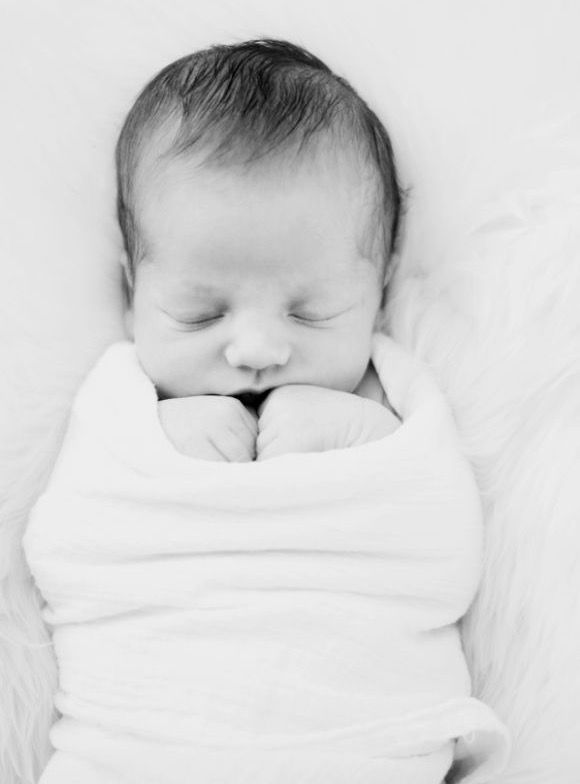
No special washing precautions are needed for newly circumcised babies, other than to be gentle, as your baby may have some mild discomfort after the circumcision. If your son has a bandage on his incision, you might need to apply a new one whenever you change his diaper for a day or two after the procedure (put petroleum jelly on the bandage so it won't stick to his skin).
Doctors often also recommend putting a dab of petroleum jelly on the baby's penis or on the front of the diaper to alleviate any potential discomfort caused by friction against the diaper. How you take care of your baby's penis may also vary depending on the type of circumcision procedure the doctor performs. Be sure to discuss what after-care will be needed.
If your baby boy wasn't circumcised, be sure to never forcibly pull back the foreskin to clean beneath it. Instead, gently tense it against the tip of the penis and wash off any smegma (the whitish "beads" of dead skin cells mixed with the body's natural oil).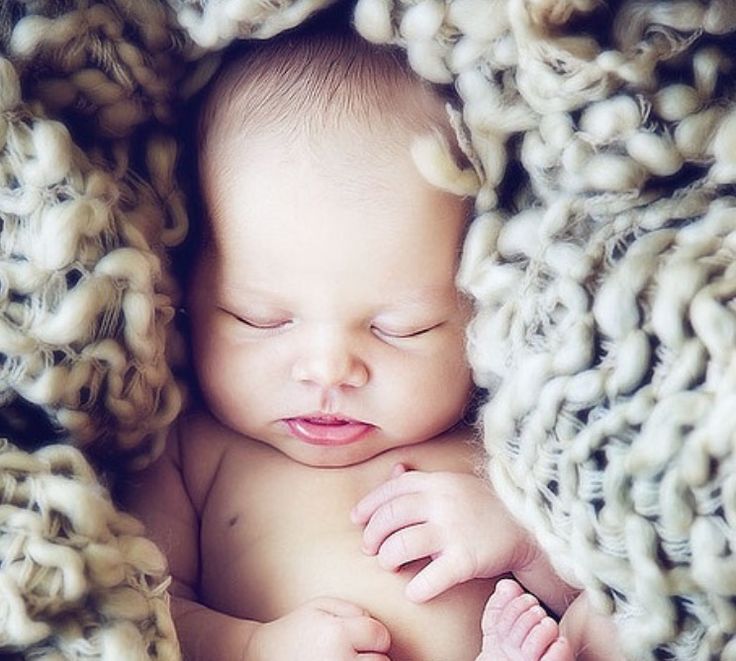 Over time, the foreskin will retract on its own so that it can be pulled away from the glans toward the abdomen. This happens at different times for different boys, but most can retract their foreskins by the time they're 5 years old.
Over time, the foreskin will retract on its own so that it can be pulled away from the glans toward the abdomen. This happens at different times for different boys, but most can retract their foreskins by the time they're 5 years old.
p
Skin
There's little doubt about the origin of the expression "still wet behind the ears," used to describe someone new or inexperienced. Newborns are covered with various fluids at delivery, including amniotic fluid and often some blood (the mother's, not the baby's). Nurses or other personnel attending the birth will promptly begin drying the infant to avoid a drop in the baby's body temperature that will occur if moisture on the skin evaporates rapidly.
Newborns are also coated with a thick, pasty, white material called vernix caseosa (made up of the fetus' shed skin cells and skin gland secretions), most of which will be washed off during the baby's first bath.
The hue and color patterns of a newborn's skin may be startling to some parents. Mottling of the skin, a lacy pattern of small reddish and pale areas, is common because of the normal instability of the blood circulation at the skin's surface. For similar reasons, acrocyanosis, or blueness of the skin of the hands and feet and the area surrounding the lips, is often present, especially if the infant is in a cool environment.
Mottling of the skin, a lacy pattern of small reddish and pale areas, is common because of the normal instability of the blood circulation at the skin's surface. For similar reasons, acrocyanosis, or blueness of the skin of the hands and feet and the area surrounding the lips, is often present, especially if the infant is in a cool environment.
When bearing down to cry or having a bowel movement, an infant's skin temporarily may appear beet-red or bluish-purple. Red marks, scratches, bruises, and petechiae (tiny specks of blood that have leaked from small blood vessels in the skin) are all common on the face and other body parts. They're caused by the trauma of squeezing through the birth canal. These will heal and disappear during the first week or two of life.
Fine, soft hair, called lanugo, may be on a newborn's face, shoulders, and back. Most of this hair is usually shed in the uterus before the baby is delivered; for this reason, lanugo is more often seen on babies born prematurely. In any case, this hair will disappear in a few weeks.
In any case, this hair will disappear in a few weeks.
The top layer of a newborn's skin will flake off during the first week or two. This is normal and doesn't require any special skin care. Peeling skin may be present at birth in some infants, particularly those who are born past their due date.
p
Birthmarks
Not all babies come with a birthmark. However, pink or red areas, sometimes called salmon patches, are common and generally disappear within the first year. Most frequently found on the back of the neck or on the bridge of the nose, eyelids, or brow (hence the fanciful nicknames "stork bite" and "angel kiss"), they can occur anywhere on the skin, especially in light-skinned infants.
Mongolian spots, flat patches of slate-blue or blue-green color that resemble ink stains on the back, buttocks, or elsewhere on the skin, are found in more than half of black, Native American, and Asian infants and less often in white babies.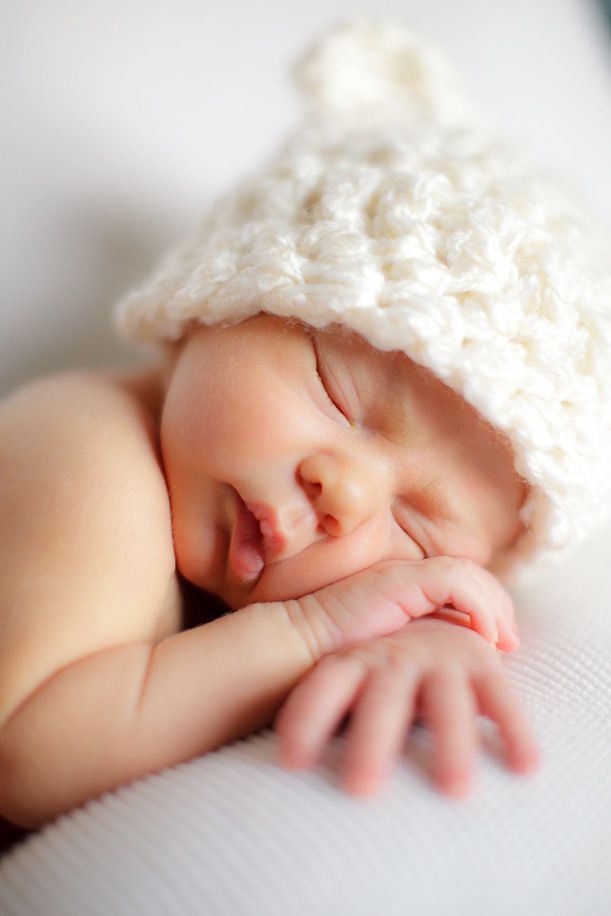 These spots are of no significance and almost always fade or disappear within a few years.
These spots are of no significance and almost always fade or disappear within a few years.
Strawberry or capillary hemangiomas are raised red marks caused by collections of widened blood vessels in the skin. These may appear pale at birth, then become red and enlarge during the first months of life. Then, they usually shrink and disappear without treatment within the first 6 years.
Port-wine stains, which are large, flat, reddish-purple birthmarks, won't disappear on their own. As a child gets older, cosmetic appearance concerns may require the attention of a dermatologist.
Cafe-au-lait spots, so called because of their "coffee with milk" light-brown color, are present on the skin of some infants. These may deepen in color (or may first appear) as the child grows older. They're usually of no concern unless they're large or there are six or more spots on the body, which may indicate the presence of certain medical conditions.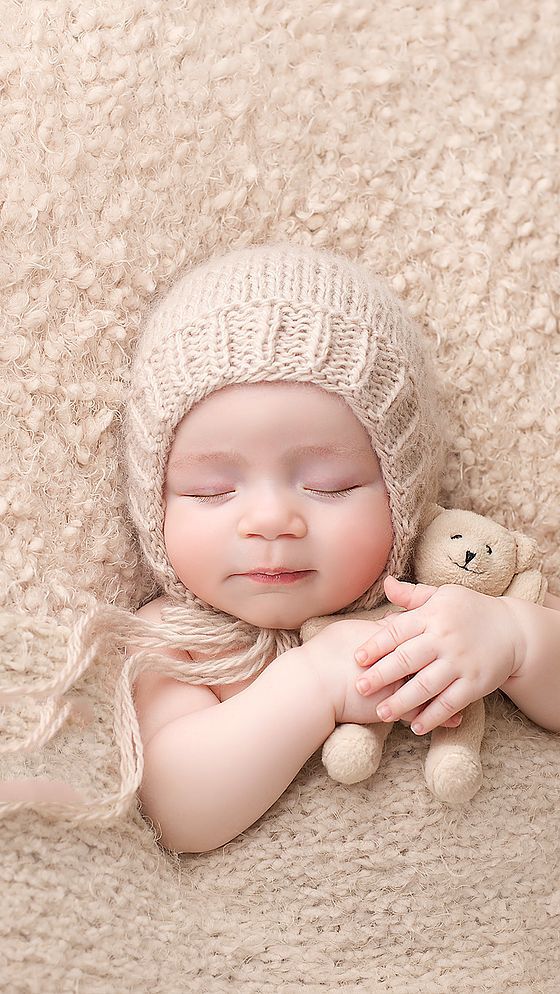
Common brown or black moles, known as pigmented nevi, also can be present at birth or appear (or get darker) as a child gets older. Larger moles or those with an unusual appearance should be brought to a doctor's attention because some may require removal.
p
Rashes
Several harmless skin rashes and conditions may be present at birth or appear during the first few weeks. Tiny, flat, yellow or white spots on the nose and chin, called milia, are caused by the collection of secretions in skin glands and will disappear within the first few weeks.
Miliaria — small, raised, red bumps that often have a white or yellow "head" — is sometimes called infant acne because of its appearance. Although miliaria often occurs on the face and can appear on large areas of the body, it's a harmless condition that will go away within the first several weeks with normal skin care.
Despite the frightening sound of its medical name, erythema toxicum is a harmless newborn rash consisting of red blotches with pale or yellowish bumps at the center, which can resemble hives. This rash usually blossoms during the first day or two after birth and disappears within a week.
This rash usually blossoms during the first day or two after birth and disappears within a week.
Pustular melanosis, a rash present at birth, is characterized by dark brown bumps or blisters scattered over the neck, back, arms, legs, and palms, which disappear without treatment.
Also, it isn't unusual to see infants born with sucking blisters on the fingers, hands, or arms because the fetus can suck while still in the uterus.
Newborn jaundice, a yellowish discoloration of the skin and white parts of the eyes, is a common condition that normally doesn't appear until the second or third day after birth and disappears within 1 to 2 weeks. Jaundice is caused by the accumulation of bilirubin (a waste product produced by the normal breakdown of red blood cells) in the blood, skin, and other tissues due to the temporary inability of the newborn's immature liver to clear this substance from the body effectively.
Although some jaundice is normal, if an infant becomes jaundiced earlier than expected or the bilirubin level is higher than normal, the doctor will follow the baby very closely.
Getting to Know Your Little One
The first days and weeks of a newborn's life are a time of great wonder and delight for most new parents. However, being responsible for this tiny creature can be scary, particularly if you're not familiar with how a newborn looks and behaves.
If you feel anxious or uncertain about any part of caring for your baby, don't hesitate to call your doctor, other health care professionals, or family or friends who have had experience caring for a newborn.
The first month of a child's life - development, care and nutrition in the first month of a child's life
When caring for a child in the first month of life, parents have many questions and worries, which in most cases are caused by the natural features of the baby's development. Anxiety is a normal condition for mother and father, as caring for the health of the newborn becomes a priority for them. But in order to be able to notice in time the signs of problems with the health or development of a child in the first month of life, one should know which particular features of the formation of his body are normal and natural.
Baby's senses in the first month of life
The most important senses for a baby are sight and hearing. And we are talking not only about the ability of a newborn to contact the outside world through sounds and visuals. The external environment, affecting the hearing and vision of the baby, stimulates his mental and physical development. In the first month of a child's life, all the sense organs differ in more or less pronounced features.
- Taste. Taste buds in a newborn are well developed, and he identifies the main "irritants" in the same way as an adult. For example, when sweetened water gets on the tongue, the child does not show any special reactions. And when sour apple or lemon juice is added to the water, the baby may show signs of displeasure - frown, try to push out the unpleasant-tasting liquid with his tongue.
- Smell. The ability to identify smells plays an important role in the life of a newborn, especially in the first days and weeks of life, when the rest of the senses are still undeveloped.
 It is thanks to the sense of smell that the child recognizes the mother, unmistakably finds the breast, refuses to feed if he feels an unpleasant odor (for example, if the mother treated the nipple with an ointment to heal cracks or an antiseptic with a medicinal smell).
It is thanks to the sense of smell that the child recognizes the mother, unmistakably finds the breast, refuses to feed if he feels an unpleasant odor (for example, if the mother treated the nipple with an ointment to heal cracks or an antiseptic with a medicinal smell). - Touch. The skin of a newborn is very sensitive to the effects of mechanical and thermal stimuli, but the number of receptors is unevenly distributed. So, the child reacts more actively to touching the palms, feet, face and not so pronounced - when stroking the back and abdomen. In addition, the ambient temperature also causes certain reactions. At an uncomfortable temperature, the child shows signs of anxiety, becomes lethargic, his skin turns pale or red, etc.
- Vision. In the first weeks of life, the child's vision is not sharp. Although a newborn squints in bright light, and his pupils dilate and constrict depending on the intensity of the light, these are reflex reactions controlled by the nervous system.
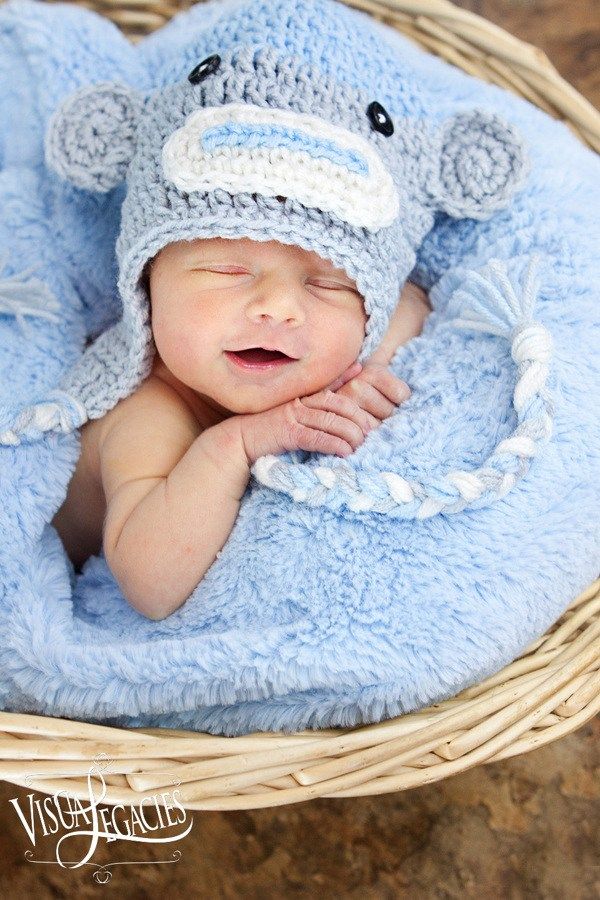 In fact, the images in the field of view of the newborn look blurry and indistinct, and the baby will be able to determine a specific object only 10–12 days after birth. But even in this case, he still does not know how to fix the object with his eyes - the baby will only be able to follow the movement of the object or the light source. Another feature of the vision of a newborn is the mismatched movement of the eyes when they are directed in different directions. This is often a concern for parents who suspect that the child has strabismus. But such a “wandering” look is a natural phenomenon, and by the end of the first month after birth (normally after 4–8 weeks), the baby’s eye movements become consistent.
In fact, the images in the field of view of the newborn look blurry and indistinct, and the baby will be able to determine a specific object only 10–12 days after birth. But even in this case, he still does not know how to fix the object with his eyes - the baby will only be able to follow the movement of the object or the light source. Another feature of the vision of a newborn is the mismatched movement of the eyes when they are directed in different directions. This is often a concern for parents who suspect that the child has strabismus. But such a “wandering” look is a natural phenomenon, and by the end of the first month after birth (normally after 4–8 weeks), the baby’s eye movements become consistent. - Rumor. Hearing is another common concern for parents who do not observe a pronounced reaction in a newborn baby to sounds. But the baby's hearing is already "trained" during fetal development, during which he perceived background noises and managed to get used to them.
 Due to this, in the first months after birth, external sounds rarely cause pronounced reactions in the baby. In addition, the auditory nerve in newborns is underdeveloped, and the child does not yet perceive the “adult” spectrum of acoustic waves: he hears higher sounds better, lower sounds worse.
Due to this, in the first months after birth, external sounds rarely cause pronounced reactions in the baby. In addition, the auditory nerve in newborns is underdeveloped, and the child does not yet perceive the “adult” spectrum of acoustic waves: he hears higher sounds better, lower sounds worse.
Features of physical development
In the first week of a baby’s life, you should not expect any special “achievements” from him: the birth process takes a lot of effort not only from the mother, but also from the child, so sleep and nutrition are the only thing he needs most. But already from the second week, the development of the newborn becomes quite active. Every day he “grows up” and it looks something like this:
- once a day, and the rest of the time he takes a dream. By the end of the first month, wake periods can be 15–30 minutes during each sleep-feeding cycle.
- The baby will learn to hold his head a little later - he will confidently raise his head together with the shoulder girdle at 3-4 months.
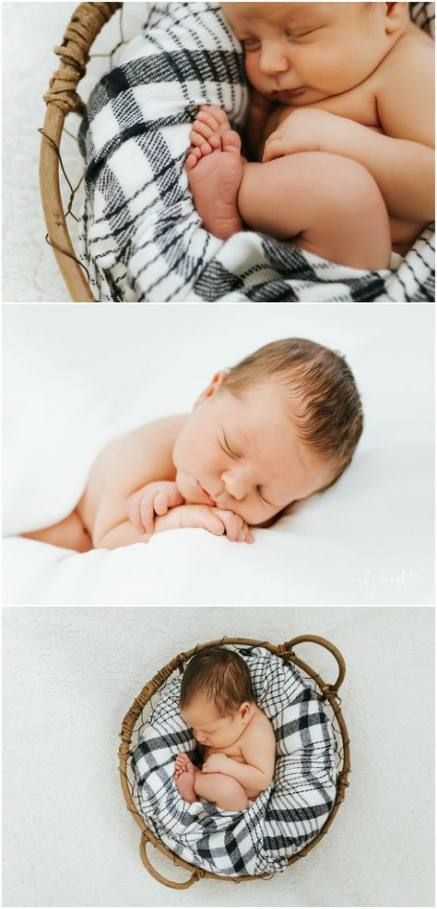 But by the end of the first month, he makes attempts to "control the situation" - turns his face to the side in bright light or moves back if he does not want to take the breast or nipple. If a 2-3-week-old baby is laid on his stomach, then he is already trying to raise his head, reacting to the sounds of his mother's voice or stroking his cheek.
But by the end of the first month, he makes attempts to "control the situation" - turns his face to the side in bright light or moves back if he does not want to take the breast or nipple. If a 2-3-week-old baby is laid on his stomach, then he is already trying to raise his head, reacting to the sounds of his mother's voice or stroking his cheek. - The baby gains an average of 3-4 cm in height and about 700 g in weight during the first month. But these values are very approximate. The range of weight gain varies from 400 to 1300 g and is determined by the weight of the child at birth, the characteristics of childbirth, the quality of the mother's breast milk, the health of the baby, and many other factors.
Fundamentals of hygiene in the first month of life
During the first month after birth, the baby is quite vulnerable to infections present in the environment. The mucous membranes of the respiratory tract and gastrointestinal tract of the newborn, which subsequently acquire their own microflora, remain sterile in the first days and are gradually populated with the necessary microorganisms. When the microflora is finally formed, the child will be protected from many health disorders in a natural way. But before that, special attention should be paid to caring for him.
When the microflora is finally formed, the child will be protected from many health disorders in a natural way. But before that, special attention should be paid to caring for him.
Food hygiene. Nutrition is the most important factor for a baby during the first months of life. It is he who sets the correct pace of growth and development of the baby and allows the gastrointestinal tract to acquire its own healthy microflora. But in order to reduce the likelihood of pathogens entering the body of a newborn, some hygiene rules should be observed:
- When breastfeeding, the mother should clean the nipples and areolas with water and baby soap before feeding, then thoroughly rinse the breast with clean water and wipe it dry with a napkin.
- For artificial or mixed feeding, it is obligatory to treat all feeding accessories with boiling or a special steam sterilizer. Dilution of the mixture to the desired consistency should be carried out only with boiled water, cooled to a temperature of 36-37 ° C.

- Since in the first weeks and months after birth, a newborn is likely to develop oral candidiasis (the so-called thrush), the pediatrician may recommend giving the baby a few drops of water after feeding. This allows you to wash off the remnants of breast milk or mixture from the oral mucosa, which are a breeding ground for the fungus.
Personal hygiene
- Baby's skin, especially in the first months of life, is very sensitive to any irritants. Therefore, for bathing a newborn, you should choose products designed specifically for caring for children's skin. Such soap, shampoo or bathing gel does not include substances that can provoke allergies, and their pH corresponds to the pH of the baby's skin.
- The temperature of bathing water should be between 33-34 °C in the first weeks, after which, when the child is already accustomed to water procedures, it can be gradually reduced (no more than 1 °C per week), bringing to room temperature.
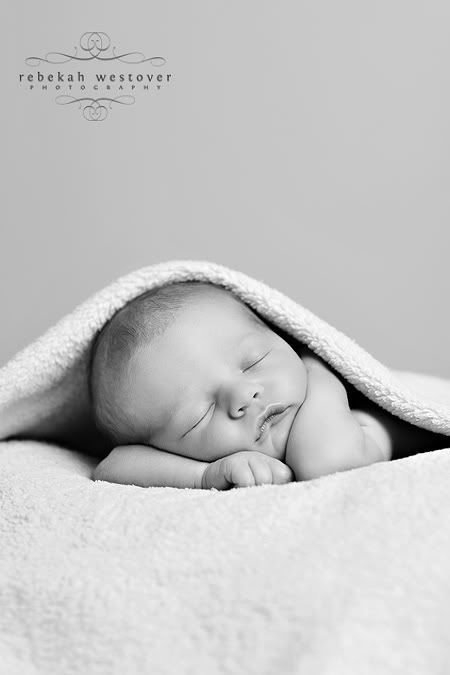 This helps to stimulate the baby's muscle tone, improve blood circulation in the superficial vessels and, in general, harden the newborn. But lowering the temperature of the bathing water should be carried out only after consulting a pediatrician, since hardening procedures for a weakened, premature or child who has had any disease are unacceptable.
This helps to stimulate the baby's muscle tone, improve blood circulation in the superficial vessels and, in general, harden the newborn. But lowering the temperature of the bathing water should be carried out only after consulting a pediatrician, since hardening procedures for a weakened, premature or child who has had any disease are unacceptable. - When changing a diaper, clean the vulva and the skin in the inguinal and gluteal folds of the child each time using special alcohol-free sanitary napkins. In the first weeks of a baby's life, the feces are mostly liquid or mushy, so after defecation, it is better to wash the child under running water, laying him face down on his forearm, or use special baths for washing. After bathing, the child's skin should be dried with a soft towel that absorbs moisture well, after which 5–10 minutes can be allocated for air baths.
Creating the right microclimate. In the first weeks of life, the baby's thermoregulation mechanisms are not sufficiently developed - his body is still unable to fully compensate for too high or low ambient temperatures. This means that hypothermia or overheating of the child can lead to unpleasant consequences. Therefore, parents should ensure that the following conditions are observed:
This means that hypothermia or overheating of the child can lead to unpleasant consequences. Therefore, parents should ensure that the following conditions are observed:
- the temperature in the child's room should be maintained within 18-22 °C, while the level of humidity should be controlled - neither excessive humidity nor dryness should be allowed;
- baby clothes should be made of natural fabrics that provide optimal skin ventilation, hygroscopicity and do not accumulate static electricity;
- newborns should not be covered with blankets or blankets while sleeping - clothing appropriate for room temperature is sufficient;
- should regularly ventilate the room in which the child is. It is best to carry out through ventilation while the baby is out for a walk. 15-20 minutes before he returns to his room, you need to stop airing so that the air has time to heat up to the desired temperature.
What to worry about
Regular visits to the local pediatrician and health visitor help parents get rid of a lot of worries and anxieties. Specialists will timely determine any violations of the child's condition, examining his reflexes, growth and weight gain, and other factors. But a doctor cannot always be around, so parents need to be able to navigate the main signs that should be a reason to contact a specialist:
Specialists will timely determine any violations of the child's condition, examining his reflexes, growth and weight gain, and other factors. But a doctor cannot always be around, so parents need to be able to navigate the main signs that should be a reason to contact a specialist:
- the child looks lethargic for several hours in a row, refuses to feed, his sleep is often interrupted;
- any change in skin color not associated with hypothermia or overheating;
- nasal breathing in a child is difficult, he tries to breathe through his mouth, or inhalation and exhalation are accompanied by unnatural noises - whistling, wheezing;
- hoarseness, barking cough;
- fever;
- persistent disturbance of stool (constipation, diarrhea) or changes in stool (stench, black or too light, almost white stool).
But the main rule when monitoring a child's health is the following: in case of any deviations or changes in the behavior of a newborn, you should consult a doctor, since the first month of a baby's life is a very crucial period, and it is extremely important not to miss the beginning of the development of any disease, which may affect the health and development of the child in the future.
Baby in the hospital: the first days of life
Immediately after birth
As soon as the baby is born, the midwife takes him in her arms and immediately begins to care for him. And there are no trifles here. Imagine: a baby is born wet, he has just been in his mother's body, where the temperature was 36.6 ° C, now he enters the maternity block, where the air temperature is about 24 ° C. This is a warm and comfortable environment for you and me, and for a baby, the difference of these 12 ° C is quite large. Thermoregulation in young children is still imperfect, they do not retain heat well and quickly cool down, and then there is also moist skin and a sharp temperature drop. Therefore, the first thing the midwife does is wipe the baby with a warm diaper and lay it on the mother's stomach. Several factors come into play here: firstly, physical contact with the mother will maintain the child’s body temperature and warm him. Secondly, it will strengthen the psychological bond between mother and baby. And, thirdly, the child's sterile organism will be populated with new maternal microorganisms that will protect it from conditionally pathogenic or pathogenic microflora of the environment.
Secondly, it will strengthen the psychological bond between mother and baby. And, thirdly, the child's sterile organism will be populated with new maternal microorganisms that will protect it from conditionally pathogenic or pathogenic microflora of the environment.
The next important moment is that the umbilical cord is cut for the newborn, the neonatologist examines the baby and puts an Apgar score. This scale is needed in order to determine which children need more attention. According to this scale, the health status of each newborn is assessed on five indicators: heart rate, respiration, muscle tone, reflexes, and skin color of the baby. During the examination, for each sign (heart rate, breathing, muscle tone, reflexes and skin color) give 0, 1 or 2 points. A score of 2 points in the delivery room is considered the highest and means that the sign is pronounced, 1 point - weakly expressed, 0 points - the sign is absent. The child is evaluated on the Apgar scale at the 1st and 5th minutes of life, so there are always two scores, for example 8/9points or 9/10 points.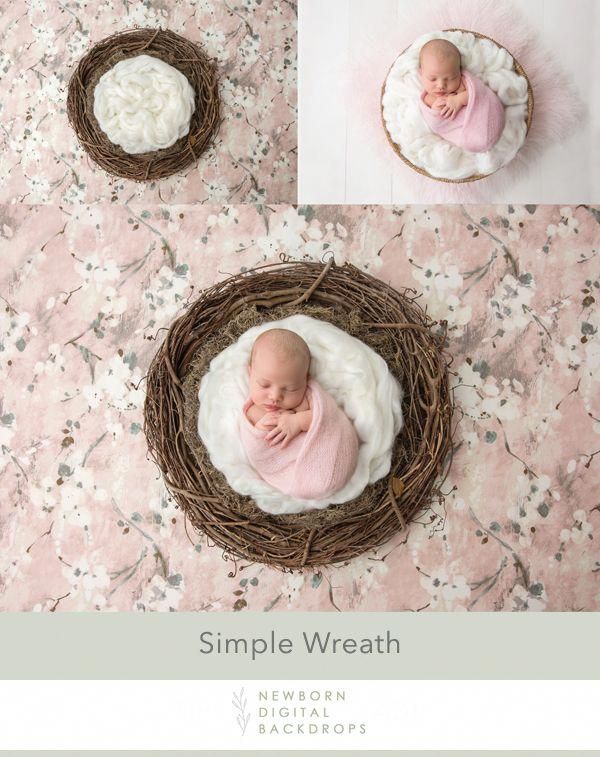 Children rarely score the maximum 10 points in the first minute of life, and usually the first score is always lower than the second. But the second assessment can just be equal to 10 points. Children who score between 7 and 10 are considered to be in good condition and generally require only routine care. Those who score between 4 and 6 are in fair condition and may only need some resuscitation procedures. Immediate life-saving assistance is necessary for those whose score is below 4. Apgar score - no matter what it will be (low or high) - this is not a diagnosis. This is a signal for the doctor about what measures are now needed or, conversely, the child does not need.
Children rarely score the maximum 10 points in the first minute of life, and usually the first score is always lower than the second. But the second assessment can just be equal to 10 points. Children who score between 7 and 10 are considered to be in good condition and generally require only routine care. Those who score between 4 and 6 are in fair condition and may only need some resuscitation procedures. Immediate life-saving assistance is necessary for those whose score is below 4. Apgar score - no matter what it will be (low or high) - this is not a diagnosis. This is a signal for the doctor about what measures are now needed or, conversely, the child does not need.
Next, the neonatologist continues to examine the newborn. The doctor looks at how the baby is formed, whether he has any developmental anomalies or any other problems. After that, the newborn is washed, measured, weighed, and a tag with the name of the mother and the time of birth is attached to the handles. Then the child is wrapped in a diaper and applied to the mother's breast. Almost always at this time (within 10–20 minutes after birth), the baby calms down and falls asleep. What happens next depends on the design of the maternity hospital. In some maternity hospitals, for the next two hours, the mother and the newborn are in the maternity ward, in others the child is taken to the children's ward. In any case, if there is an opportunity to be together, you must ask to leave the baby next to you, if the child feels well, this is quite possible.
Then the child is wrapped in a diaper and applied to the mother's breast. Almost always at this time (within 10–20 minutes after birth), the baby calms down and falls asleep. What happens next depends on the design of the maternity hospital. In some maternity hospitals, for the next two hours, the mother and the newborn are in the maternity ward, in others the child is taken to the children's ward. In any case, if there is an opportunity to be together, you must ask to leave the baby next to you, if the child feels well, this is quite possible.
With mother or in the children's department
Now almost everywhere you can be with a child both together and separately. But again, it all depends on the device of the maternity hospital. If a woman lies separately from the baby, then she will take him for feeding. The sisters of the children's department will take care of the child, wash, change diapers, change clothes. But you need to understand that they do this according to a schedule that is the same for all children in the department, and not according to the individual needs of the child.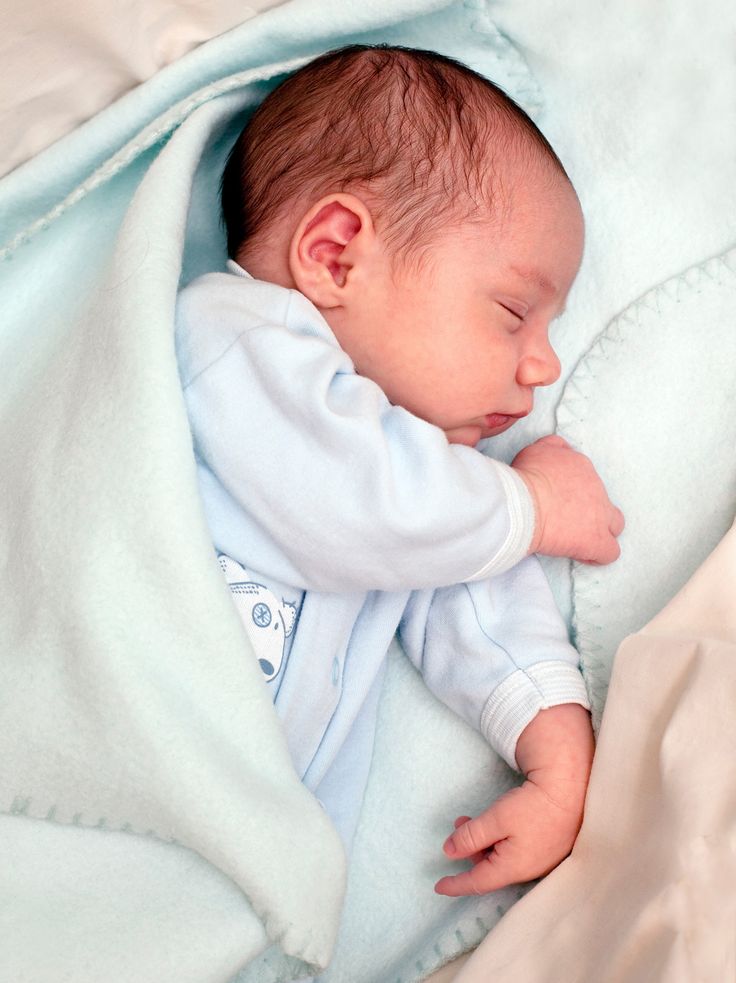
If the child lies with his mother, then his regimen is already determined by her. Mom can feed the baby on demand, and not by the hour, as with a separate stay. And she also changes the diaper or changes it when it is really necessary (the child peed and the diaper is full), and not according to some schedule that is the same for everyone. It turns out that a connection is established between mother and child faster, it is easier for a woman to understand what the baby needs, why he is crying and what to do with him. If a mother already at the maternity hospital learns to wash and change a child, change his diaper, upon returning home, she will adapt much easier to a new life and a new daily routine. The second important plus of living together is that breastfeeding is established faster, and when feeding on demand, milk will come faster.
Some women believe that after giving birth they need to rest, be apart from the child, they say, they are taking care of him in the children's department, and for now I will come to my senses and get used to my new state.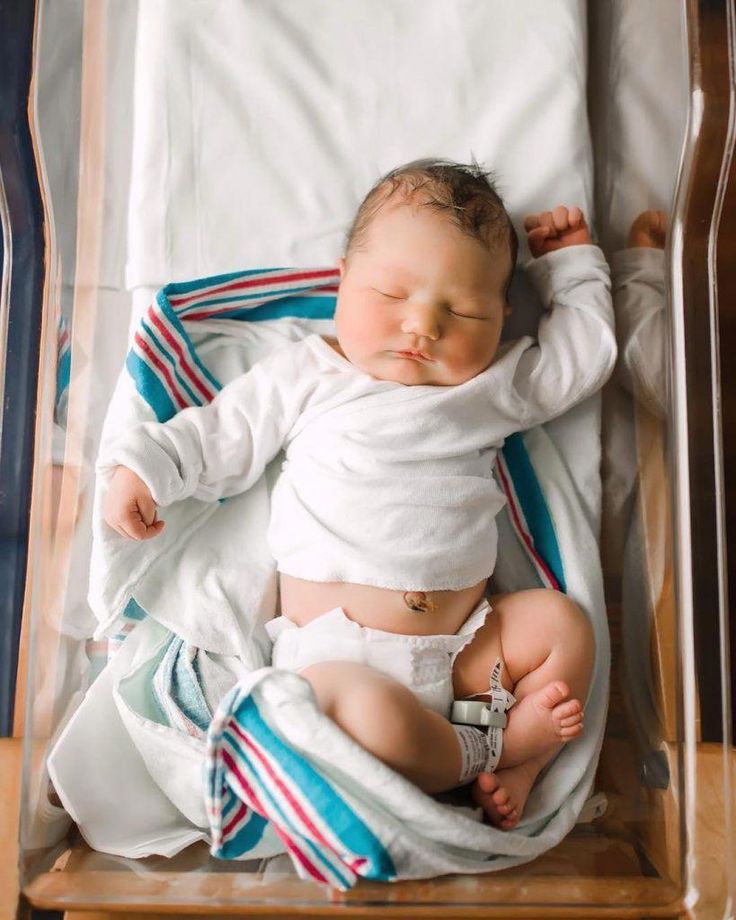 Yes, if the birth was difficult and the mother endured it hard, then you need to rest. But since childbirth is still a physiological process, a woman recovers very quickly and even after a difficult birth, on the second day, she may well take the child to her ward. After all, judge for yourself - she won’t have to do anything special: she doesn’t cook dinner (the maternity hospital provides food), then she doesn’t wash the dishes, she doesn’t clean or wash anything (the maternity hospital even gives out clean clothes daily). Almost all newborns do not cry in the first days after childbirth, but sleep all the time, and it turns out that the only concern of the mother is to breastfeed the baby several times a day and change the diaper. So a woman will have enough time to rest, and why not use it for business? And one more thing: those who gave the child to the children's department like to blame later that he was supplemented with formula there, although the woman asked not to do this. But imagine the situation: the child cried, his sister examined him - he was washed, changed clothes, that is, everything is in order with him, but he, nevertheless, cries.
Yes, if the birth was difficult and the mother endured it hard, then you need to rest. But since childbirth is still a physiological process, a woman recovers very quickly and even after a difficult birth, on the second day, she may well take the child to her ward. After all, judge for yourself - she won’t have to do anything special: she doesn’t cook dinner (the maternity hospital provides food), then she doesn’t wash the dishes, she doesn’t clean or wash anything (the maternity hospital even gives out clean clothes daily). Almost all newborns do not cry in the first days after childbirth, but sleep all the time, and it turns out that the only concern of the mother is to breastfeed the baby several times a day and change the diaper. So a woman will have enough time to rest, and why not use it for business? And one more thing: those who gave the child to the children's department like to blame later that he was supplemented with formula there, although the woman asked not to do this. But imagine the situation: the child cried, his sister examined him - he was washed, changed clothes, that is, everything is in order with him, but he, nevertheless, cries.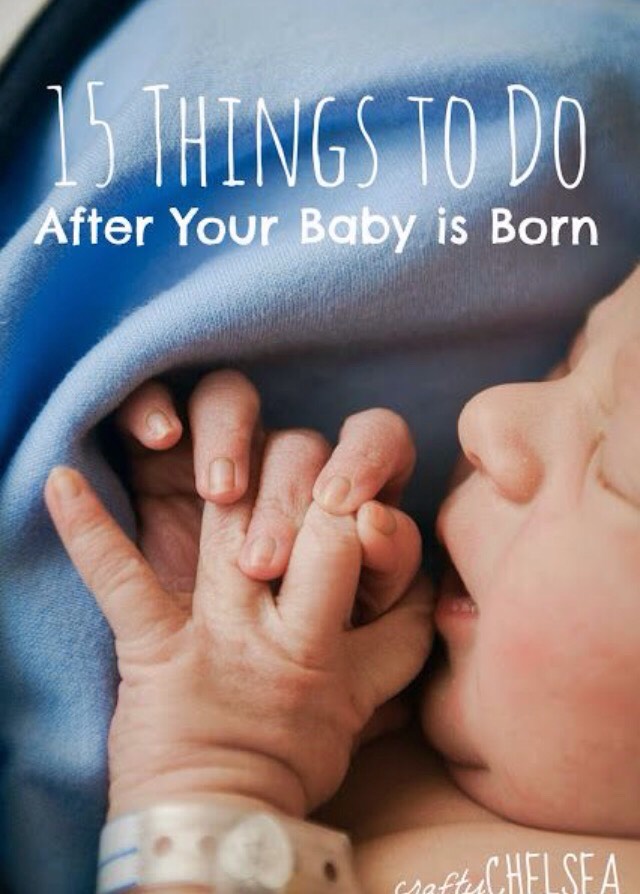 What will mom do - take the baby in her arms, shake, calm. But the sister of the children's department has many more children nearby, they also need to be looked after. What is the way out - either give a bottle with a mixture or wait for other children to “turn on” from the endless crying of the child.
What will mom do - take the baby in her arms, shake, calm. But the sister of the children's department has many more children nearby, they also need to be looked after. What is the way out - either give a bottle with a mixture or wait for other children to “turn on” from the endless crying of the child.
First examinations, tests, vaccinations
While the newborn is in the hospital, he will be examined by a neonatologist every day. The doctor will either come to the ward to see the mother and the baby, or the child will be taken to the children's department. The doctor must coordinate all manipulations, appointments with the mother, and be sure to tell about all the results of the examination. But he himself will not be able to guess what exactly the woman is interested in, so doctors usually say the main thing, for example: "Everything is in order with the child, he has been examined, no pathology has been detected, he is gaining weight." If you need a more detailed answer, formulate your questions in advance, let's say again: the doctor does not know what interests you - how to care for the navel or why the child has a red spot on his face.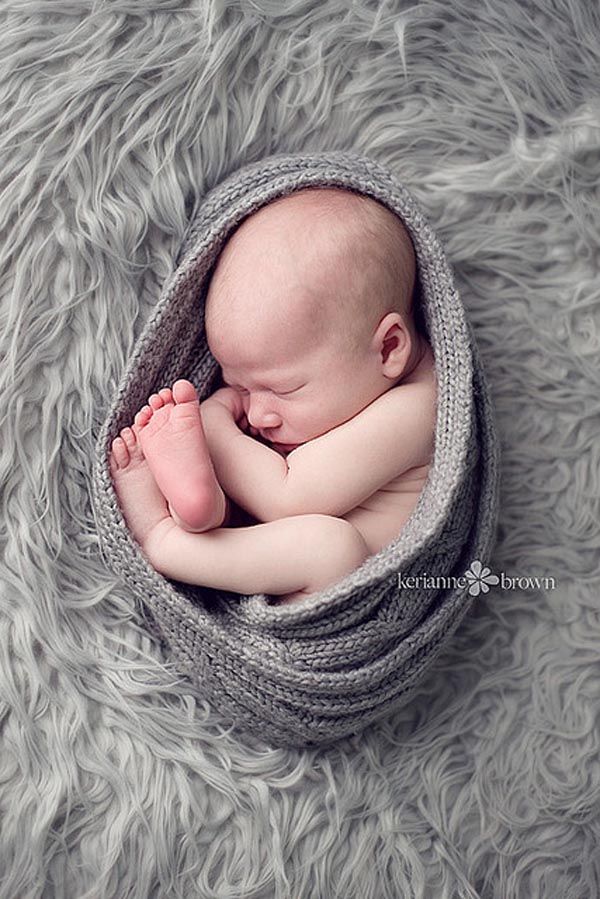
If necessary, the child will be examined by other specialists: an ophthalmologist or a neurologist. The newborn will be required to determine the blood type and Rh factor, and also take a blood test for severe congenital diseases (the so-called screening). The fact that these tests have been carried out will be indicated in the children's part of the exchange card (it will be issued upon discharge). The child may also be assigned some additional studies: a general and biochemical blood test, a general urine test. Also, if necessary, the newborn will undergo an ultrasound examination of the abdominal organs, brain (neurosonography), heart (echocardiography).
As for vaccinations, according to the national vaccination calendar, the first vaccinations are done at the maternity hospital. On the first day of life - from hepatitis B, on the full second day - from tuberculosis. If parents do not want to be vaccinated, then you must inform the doctor about this in advance and write a refusal to vaccinate.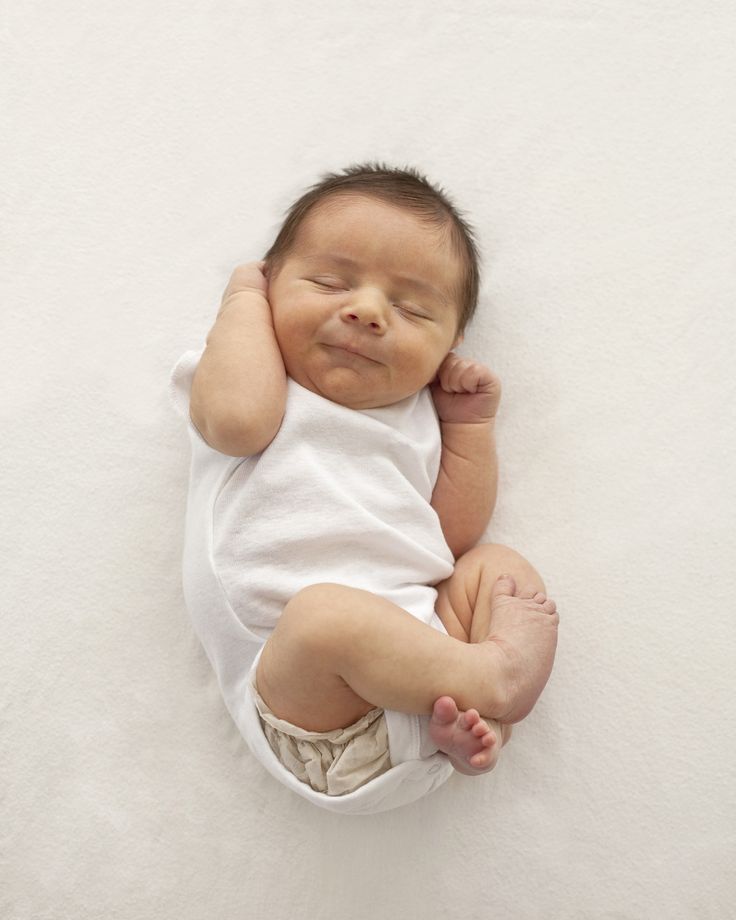
Upon discharge from the maternity hospital, the mother will be given two parts of the exchange card. One of them will contain information about childbirth, and it will have to be taken to the antenatal clinic. The second part of the exchange card will contain data on the child, screening, vaccinations and examinations - it is given to the children's clinic. The next day after the mother and baby return home from the maternity hospital, they will be visited by the health visitor of the polyclinic, and the next day by the pediatrician. And now the specialists of the children's polyclinic will monitor the newborn.
As you can see, the child in the maternity hospital will be under control all the time. Mom, doctors, children's sisters - they will all give him the attention he needs. The main thing for a woman in a maternity hospital is to be active, ask doctors, nurses, learn how to care for a baby, and establish breastfeeding. And then she will return home as a confident and savvy mom!
- Apgar score - no matter what it will be (low or high) - this is not a diagnosis.
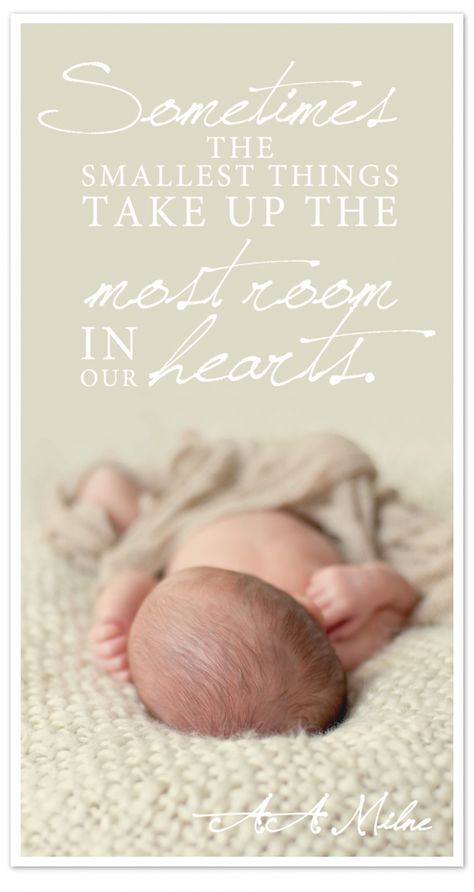 This is a signal for the doctor about what measures are now needed or, conversely, the child does not need
This is a signal for the doctor about what measures are now needed or, conversely, the child does not need - If a woman lies separately from the baby, then she will take him to feed. The sisters of the children's department will take care of the child, wash, change diapers, change clothes. But you need to understand that they are doing this according to a schedule that is the same for all children in the department, and not according to the individual needs of the child
- Laying the baby on the stomach after childbirth will maintain his body temperature, strengthen the psychological bond between mother and baby. And the child’s sterile organism will be populated with new maternal microorganisms that will protect it from conditionally pathogenic or pathogenic microflora of the environment
Memo for mothers
While you are in the hospital
- If possible, take the child to your room. So you will quickly get used to it, establish breastfeeding and learn how to care for the baby.
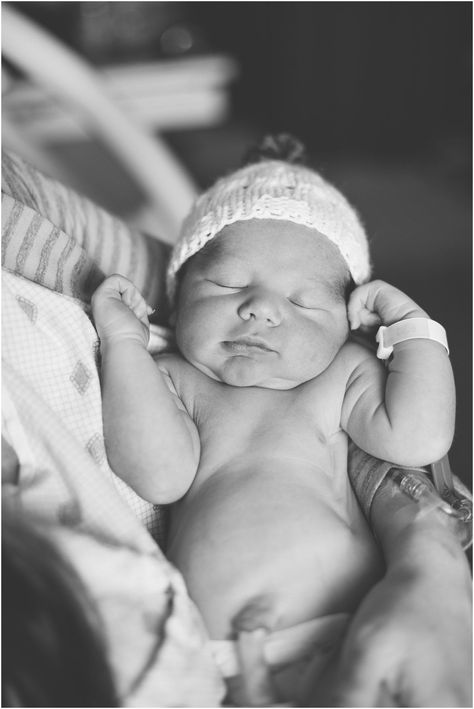
- If you don't know how to wash, change or swaddle your baby, ask the Nursing Nurse to show you how to do it. Do it yourself at least a few times.
- Ask your midwife in the postnatal unit to show you how to properly latch your baby to your breast.
- Ask the neonatologist what examinations the child has undergone and what he would like to do in the future.
- Be active - ask the doctor and nurses any questions about the baby.
Attention! Prices for services in different clinics may vary. To clarify the current cost, select a clinic
Clinical Hospital IDKChildren's Clinic "Mother and Child" Samara
All directionsSpecialist consultations (children)Massage / manual therapy for childrenTherapeutic research
01.
Specialist consultations (children)
02.